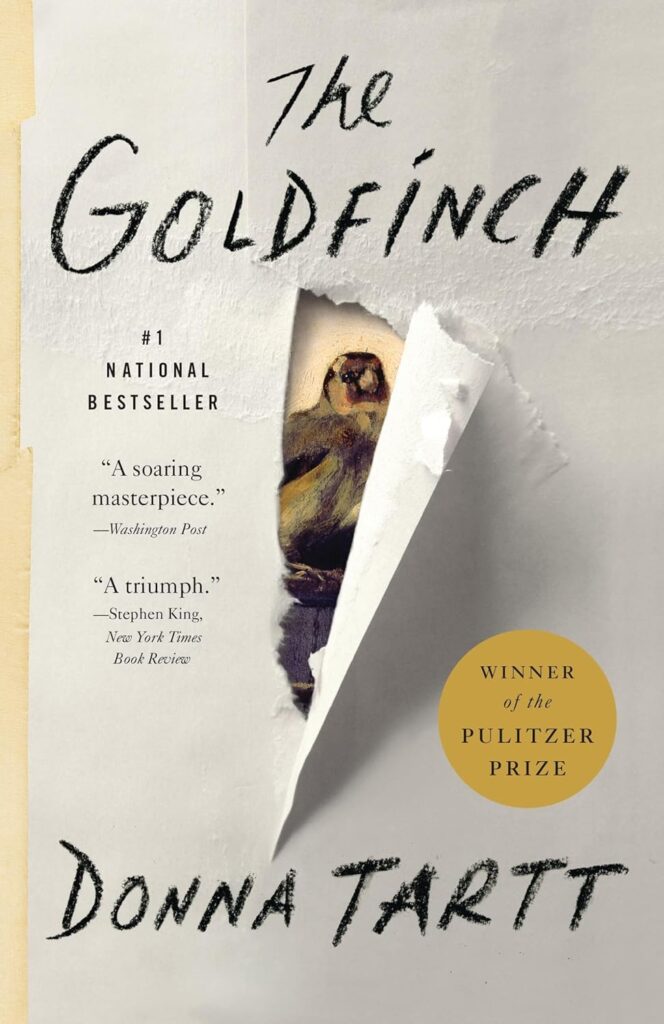Modern literature is defined by its departure from classical and traditional writing styles. While there is some debate about what classifies modern classics, they are all works of art that convey artistic expression while representing the period they were written. This list will look at classic literature written within the last 100 years that stand the test of time. Let’s dive into the 80 best modern classic books of all time and discover what makes them so special.
Dune By Frank Herbert – 1965
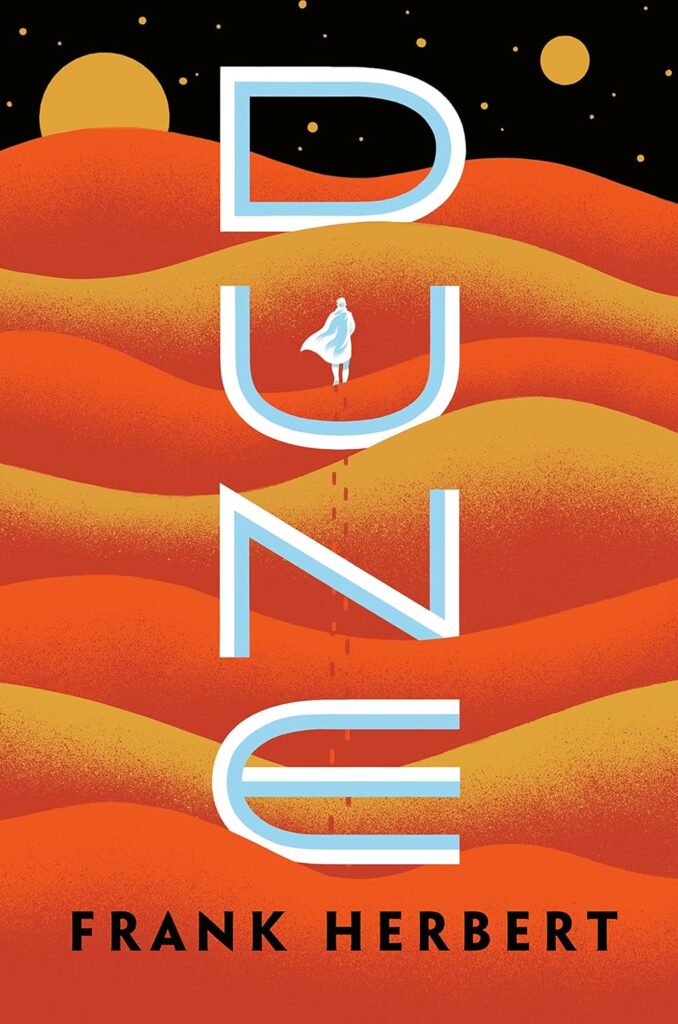
This epic science fiction novel from 1965 explores many themes, such as politics, religion, and humankind. Selling 20 million copies, Dune is hailed as one of the best works of science fiction ever written. Read the book, then watch the movie!
The Handmaid’s Tale by Margaret Atwood – 1985

The Handmaid’s Tale is a dystopian novel written by Canadian author Margaret Atwood. Published in 1985, the book deals with topics such as women’s civil rights and autonomy and became an instant classic. Set in a distant future, a military regime guided by religious fundamentalists are in control and women no longer have rights.
Excellent Women by Barbara Pym – 1952
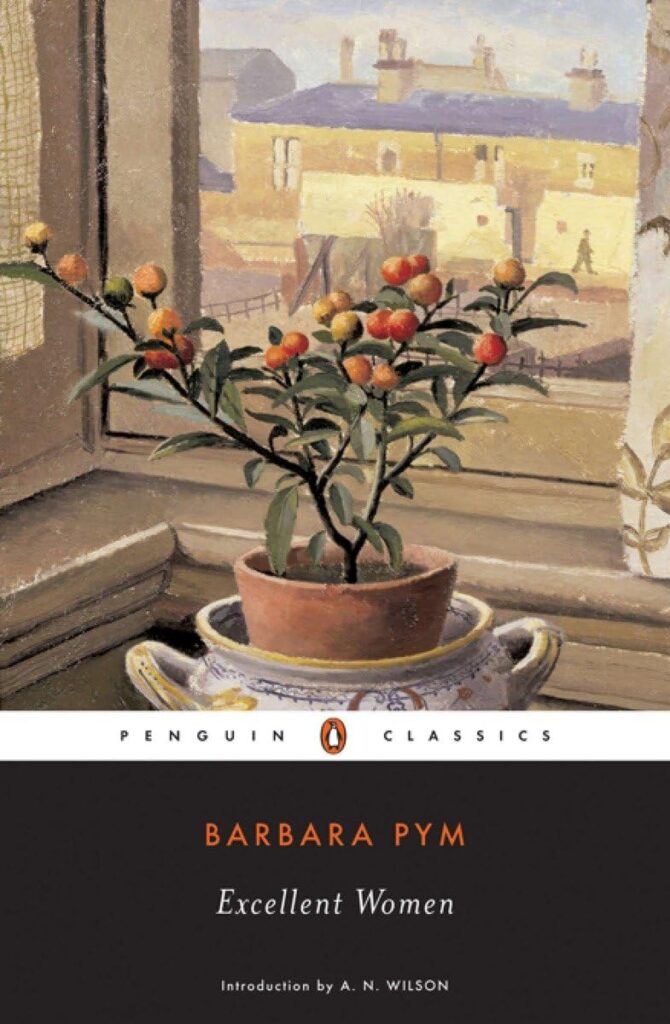
Set in 1950s Britain and published in 1952, Excellent Women by Barbara Pym is a comedy of sorts that explores life after war and relationships during that time. Witty and self-deprecating, the narrator, a woman in her 30’s, volunteers at a local church and is a local spinster.
1984 by George Orwell – 1949
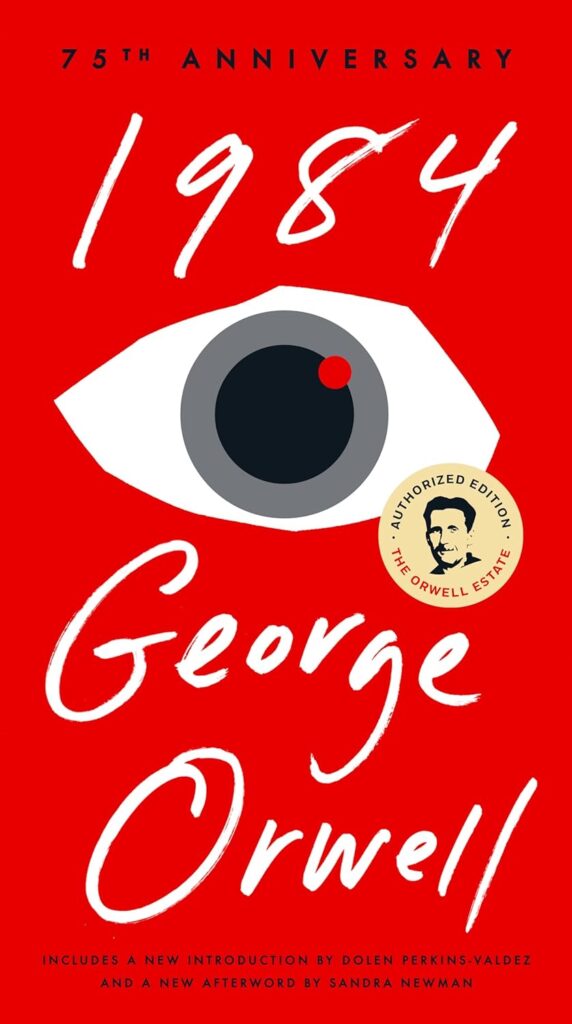
This cautionary and dystopian novel surveys the prospect of letting the government exercise total control and the dire consequences that follow. Published in 1949 and still as relevant today as it was then, 1984 is about a totalitarian regime that manipulates its citizens into doing whatever it wants.
Invisible Man by Ralph Ellison – 1952
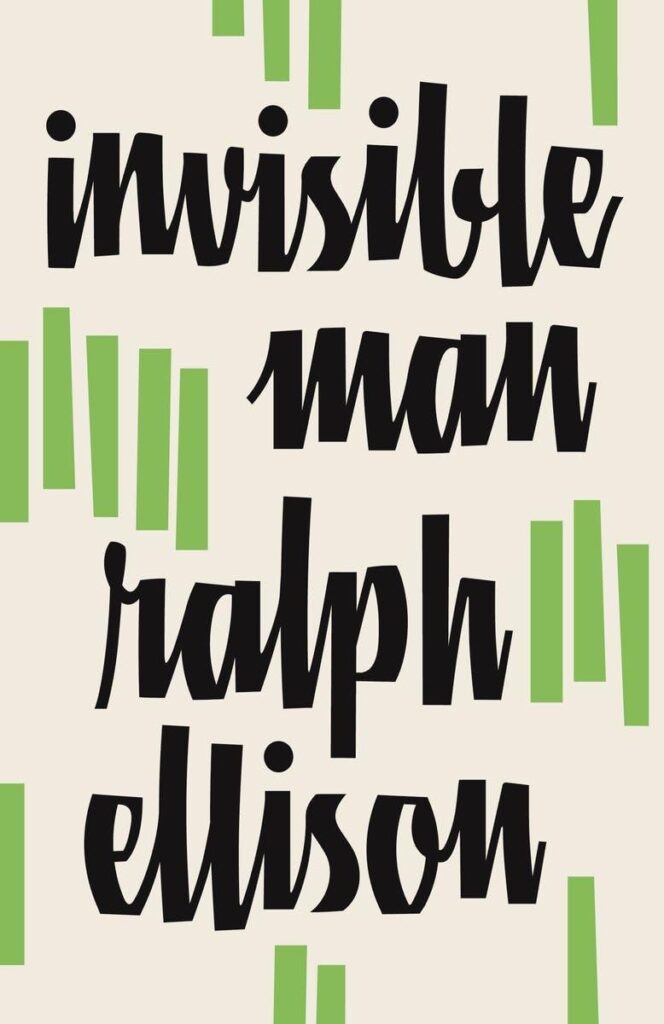
Published in 1952, Invisible Man is Ralph Ellison’s first novel, and it chronicles the experiences of a nameless black protagonist. In a world that demands conformity, the narrator expresses uncertainty and painfully searches for personal identity.
Red Sorghum by Mo Yan – 1986
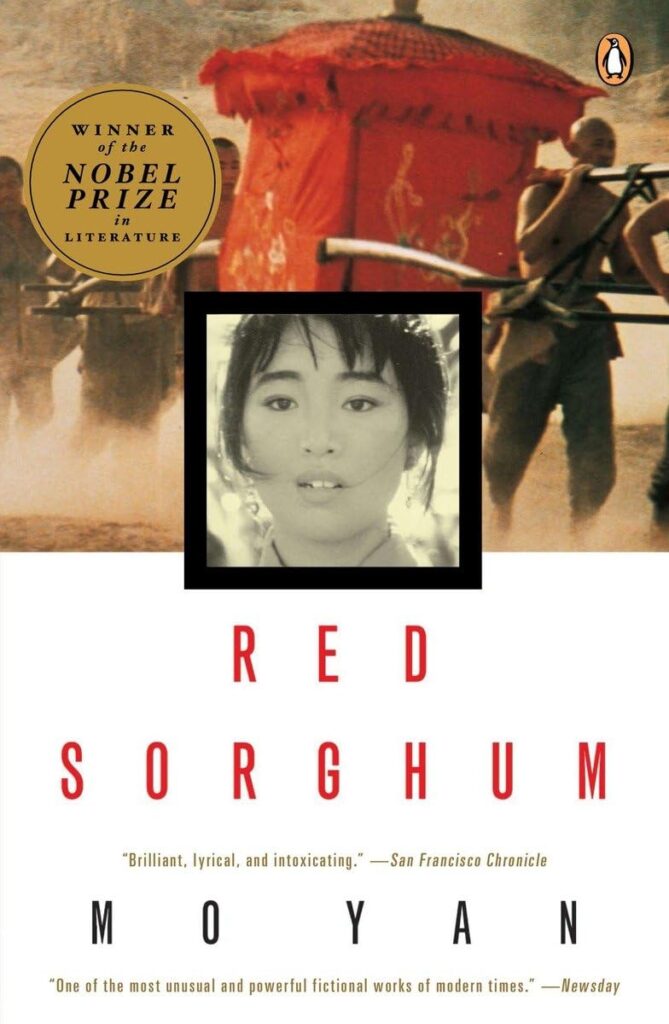
This Chinese novel was initially published in five parts in magazines in 1986 and then republished as one novel. As the Chinese battle Japanese invaders during the 1930s, Red Sorghum is a tale of family and myth told through a series of flashbacks.
To Kill a Mockingbird by Harper Lee – 1960
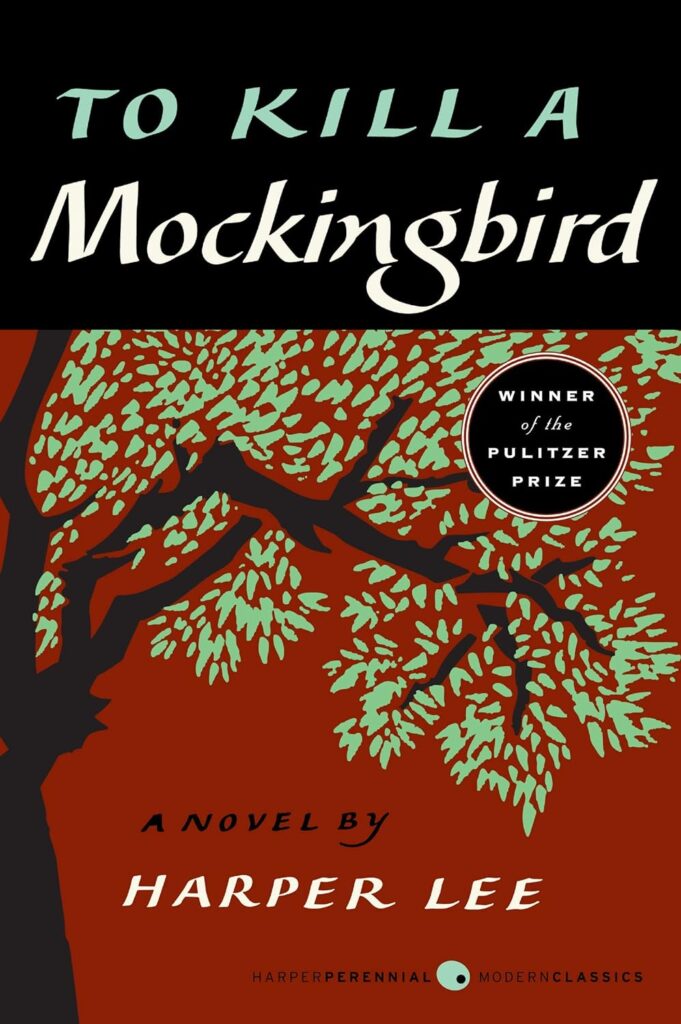
Written by Harper Lee and published in 1960, To Kill a Mockingbird is one of the most popular books ever written, selling more than 40 million copies. This coming of age story follows a young girl growing up in the deep South as her father defends a black man falsely accused of rape.
Kindred by Octavia Butler – 1979

Butler’s Kindred is a time-travel classic that chronicles a 20th-century black woman as she travels back to the days of slavery. Part science-fiction, part thriller, and part memoir, this 1979 novel addresses race, class, and gender issues.
The Catcher in the Rye by J.D. Salinger – 1951
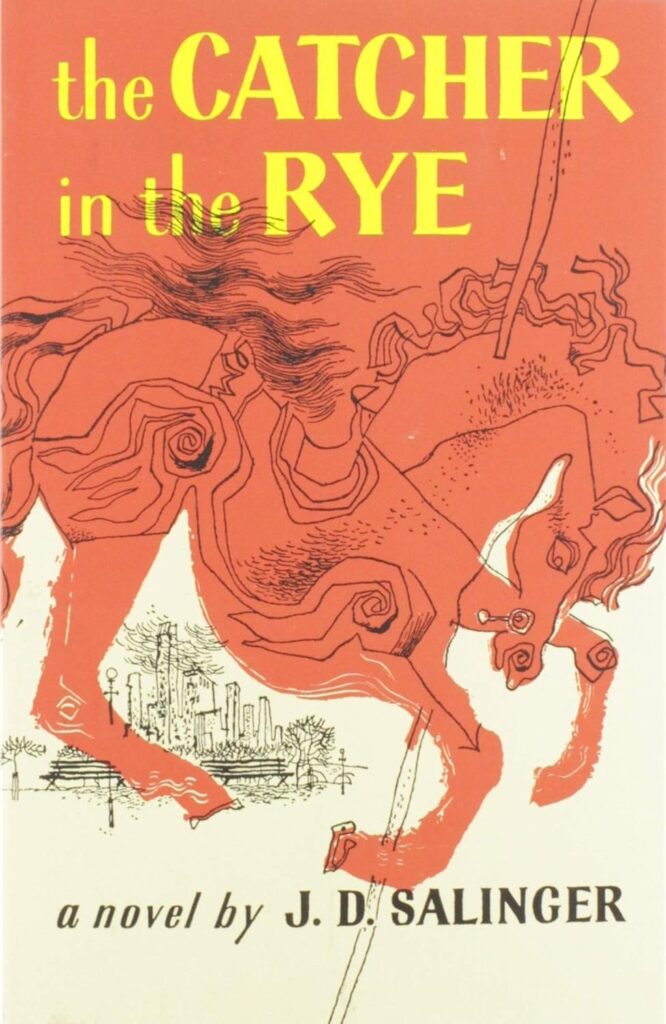
Salinger’s modern classic The Catcher in the Rye beautifully tells the story of teens, rebellion, and familial neglect. Holden Caulfield, the main protagonist, deals with anger, frustration, and the disappointment of dealing with the world around him.
A Good Man is Hard to Find by Flannery O’Connor – 1955

Published in 1955, A Good Man is Hard to Find is a Southern gothic short story by Flannery O’Connor. The story follows a dysfunctional family on a road trip as they visit an old plantation and encounter The Misfit, a violent criminal.
Beloved by Toni Morrison – 1987
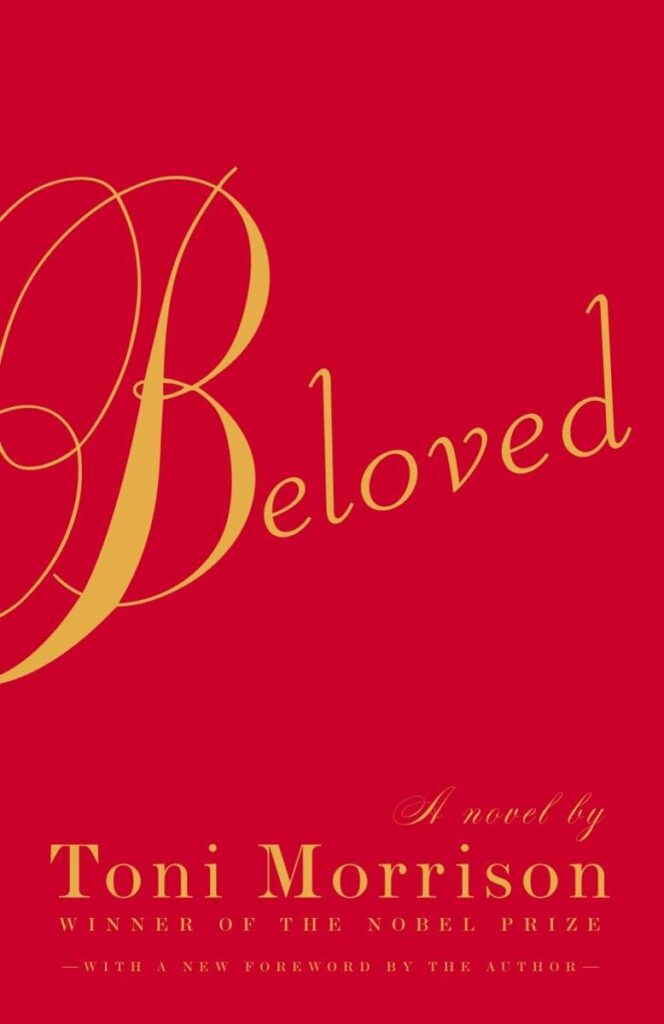
Toni Morrison’s 1987 novel is set post American Civil War and tells the tale of a formerly enslaved family living in Cincinnati who deal with a spirit in their home. This gothic horror and historical fiction novel deal with the burden of slavery and its many sins.
Animal Farm by George Orwell – 1945
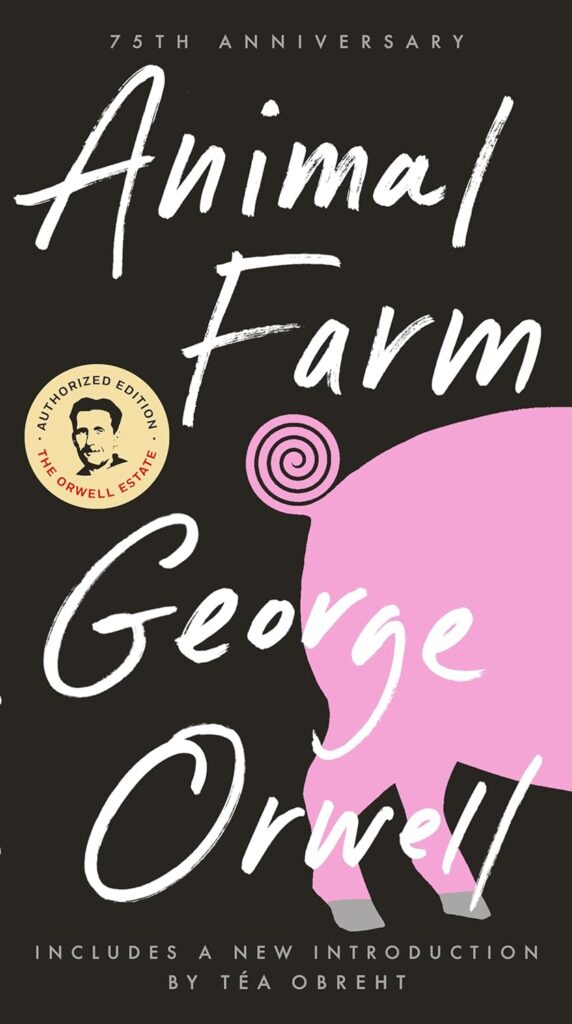
Animal Farm is one of the greatest works of George Orwell. It’s a political fable about a group of animals that overthrow their human masters and establish an egalitarian society. The book deals with the dangers of communism and how dictatorship doesn’t work.
The Talented Mr. Ripley by Patricia Highsmith – 1955
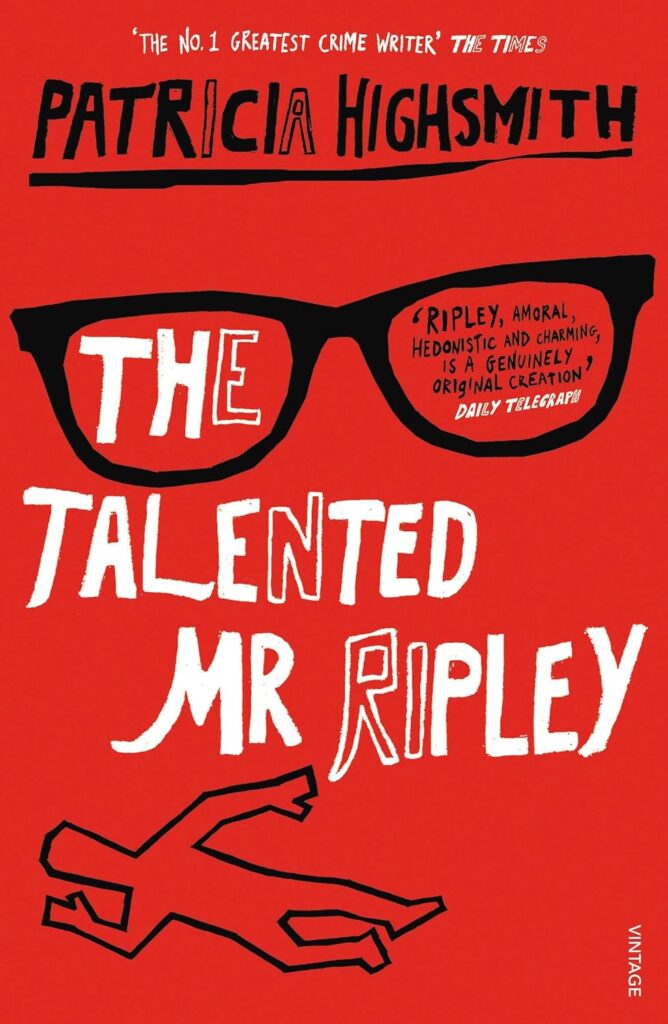
This psychological thriller from 1955 debuts Tom Ripley, a charming bad boy sociopath. Ripley befriends a rich man living in Southern Italy and becomes enamored with his lavish lifestyle,
The Lord of the Rings by J.R.R. Tolkien – 1954
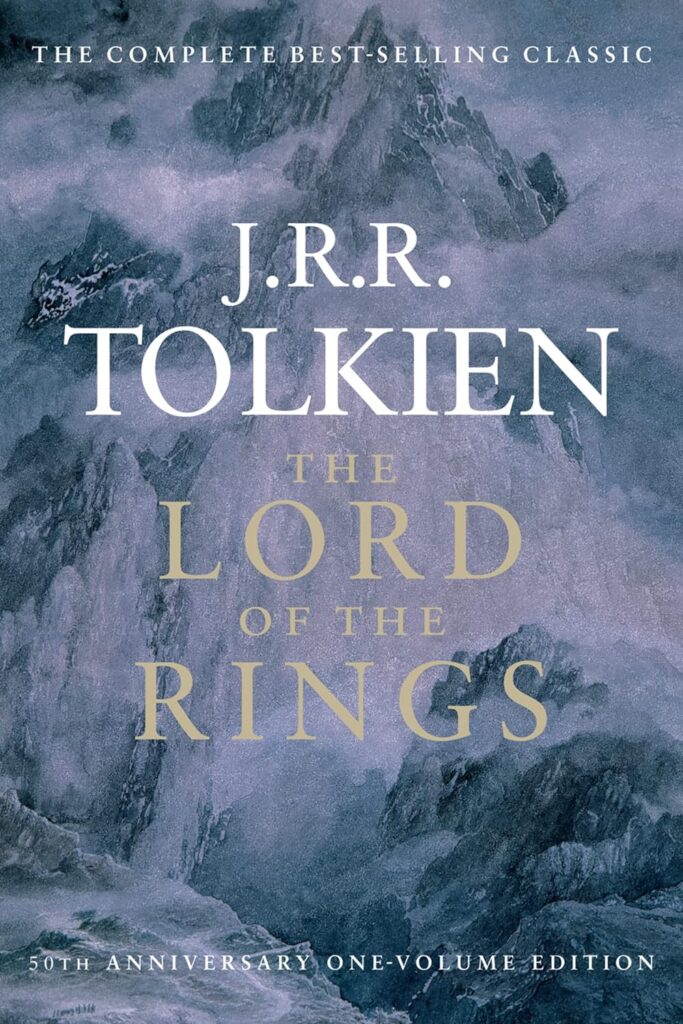
Set in Middle-Earth, The Lord of the Rings is an epic high fantasy about the character Frodo going on a great quest to destroy a powerful and magical ring.
The Great Gatsby by F. Scott Fitzgerald – 1925
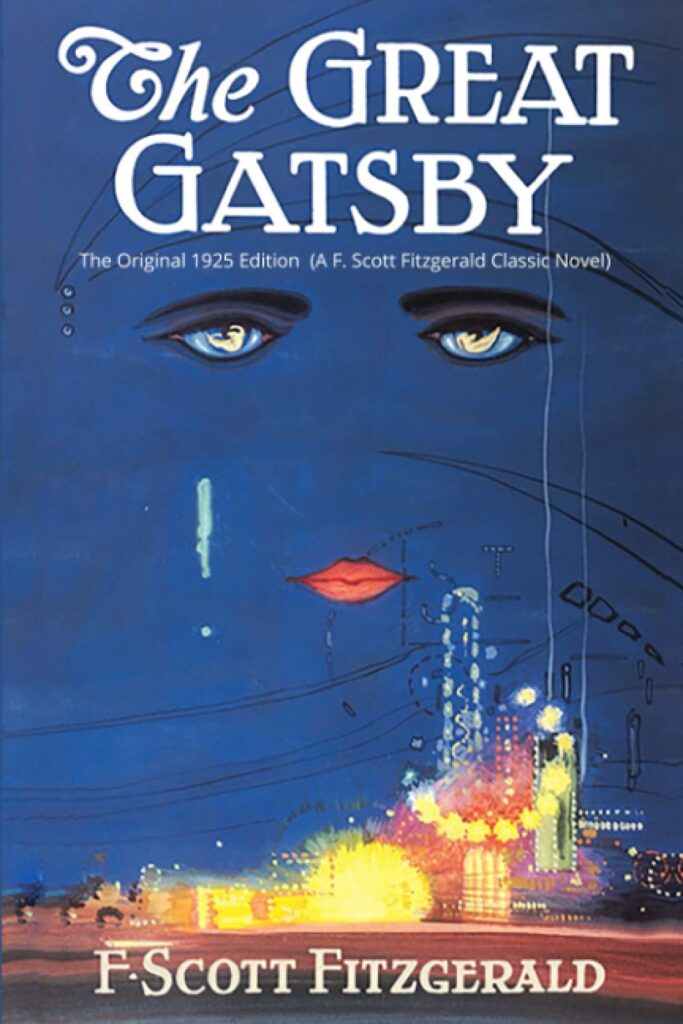
Set during the Jazz Age in Long Island, F. Scott Fitzgerald’s novel is often hailed as the Great American Read. Gatsby dreams of ascending to the upper class to be with Daisy only to discover the American Dream is illusory.
The Fountain Overflows by Rebecca West – 1956
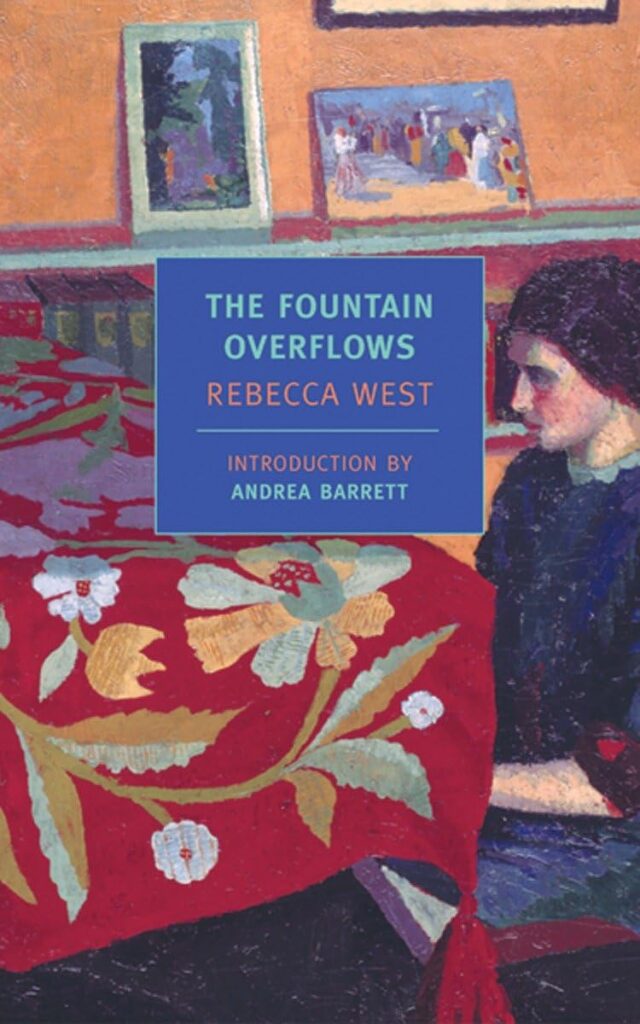
Set in Edwardian London, The Fountain Overflows was an instant classic. Through the eyes of Rose, the story follows the life of the Aubrey family as they deal with poverty and their place in the world.
Notes of a Crocodile by Qiu Miaojin – 1994
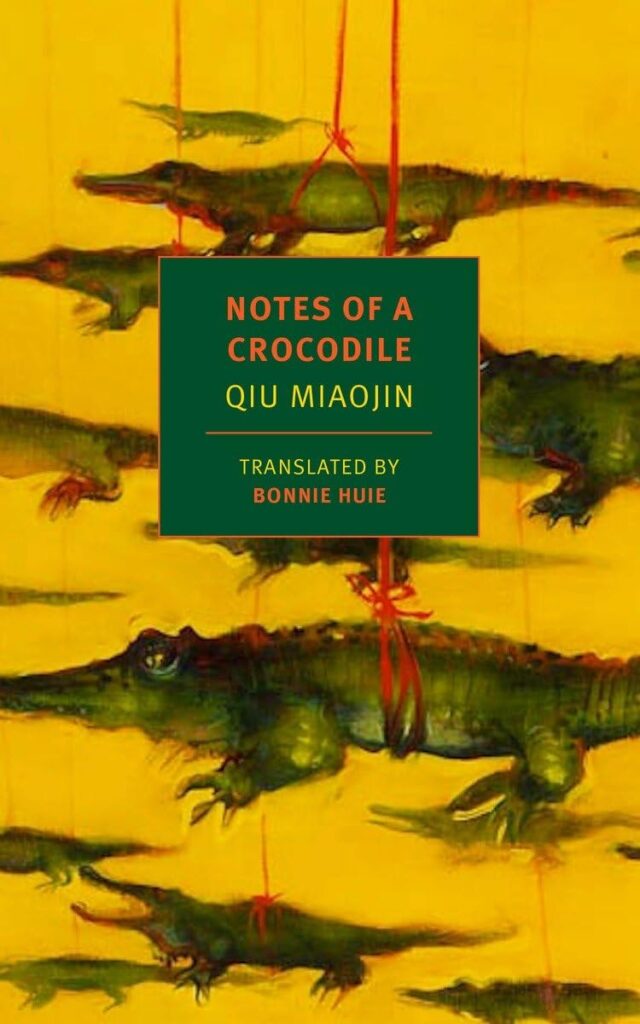
Notes of a Crocodile is a cult modern classic of a story set in post martial law Taipei. This coming of age story explores the life and relationships of queer misfits. The themes include alienation, loneliness, and normalcy.
A People’s History of the United States by Howard Zinn – 1980
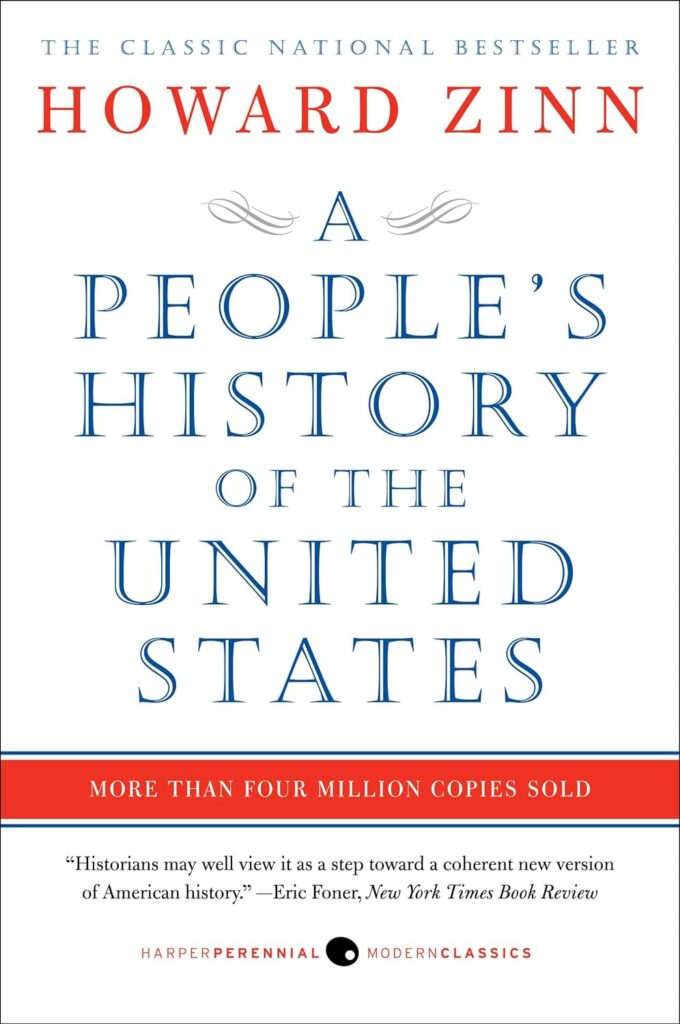
This 1980 nonfiction book retells America’s history from the perspective of oppressed groups of people. Howard Zinn gives insight into the violence that has shaped the country’s society.
The Left Hand of Darkness by Ursula K. Le Guin – 1969
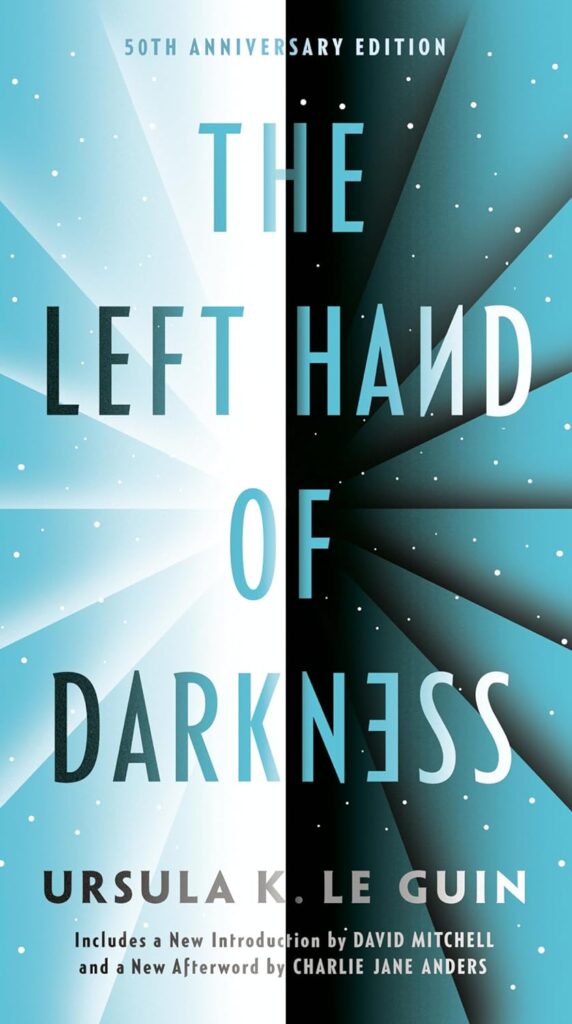
This science fiction novel published in 1969 tells a story of a human emissary to an alien planet. The lone human’s job is to convince the alien race to join the Ekumen but he lacks understanding of their culture.
The bell Jar by Sylvia Plath – 1963
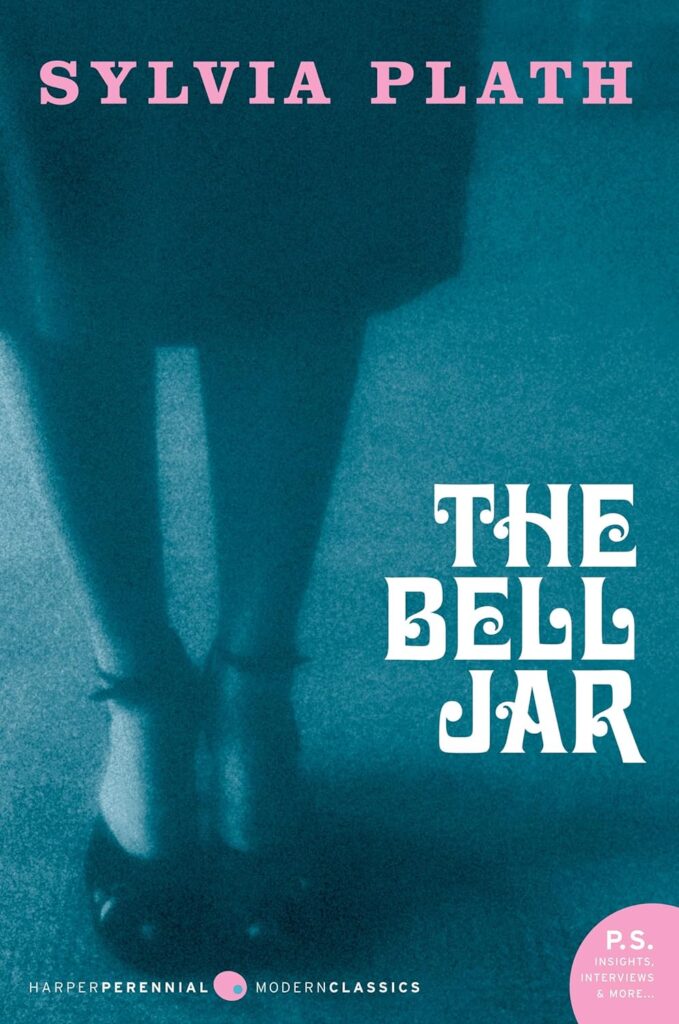
Through the lens of a fictional character, Sylvia Plath describes her experiences with mental illness through the main protagonist in The Bell Jar.
The Crucible by Arthur Miller – 1953
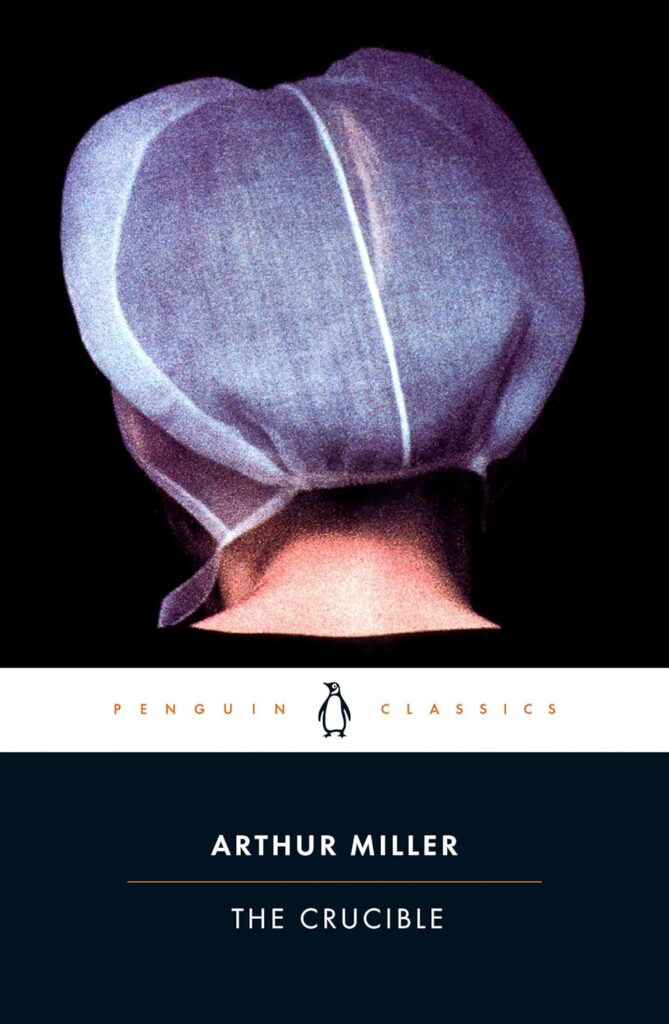
This 1953 play written by Arthur Miller is a dramatized but part fiction of the Salem Witch Trials. Fear and anxiety sweep away the towns folk and Miller highlights how hysteria and intolerance can cause inhumanness.
One Hundred Years of Solitude by Gabriel Garcia Marquez – 1967
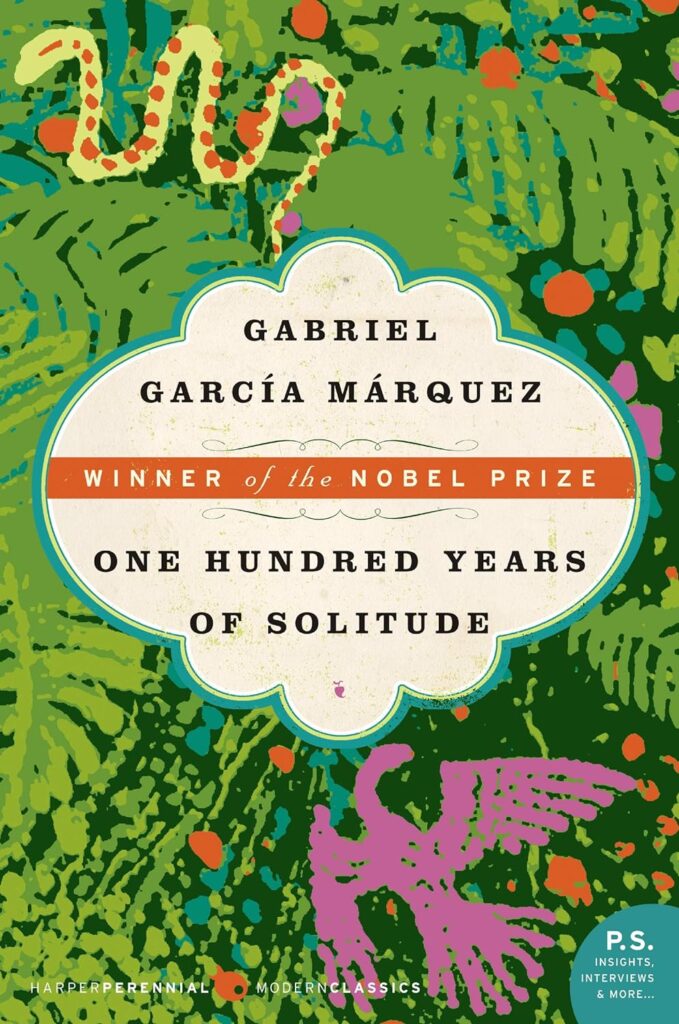
Marquez’s 1967 novel One Hundred Years of Solitude tells a story of a fictional Colombian town and chronicles the rise and fall of its founders.
Endless Night by Agatha Christie – 1967

The critically acclaimed Endless Night is a crime thriller and hailed as one of the best classic modern books. When poor Michael Rogers falls in love with an heiress to a beautiful house at Gypsy’s Acres, all his dreams seem to come true until evil begins to stir in paradise.
Lord of the Flies by William Golding – 1954
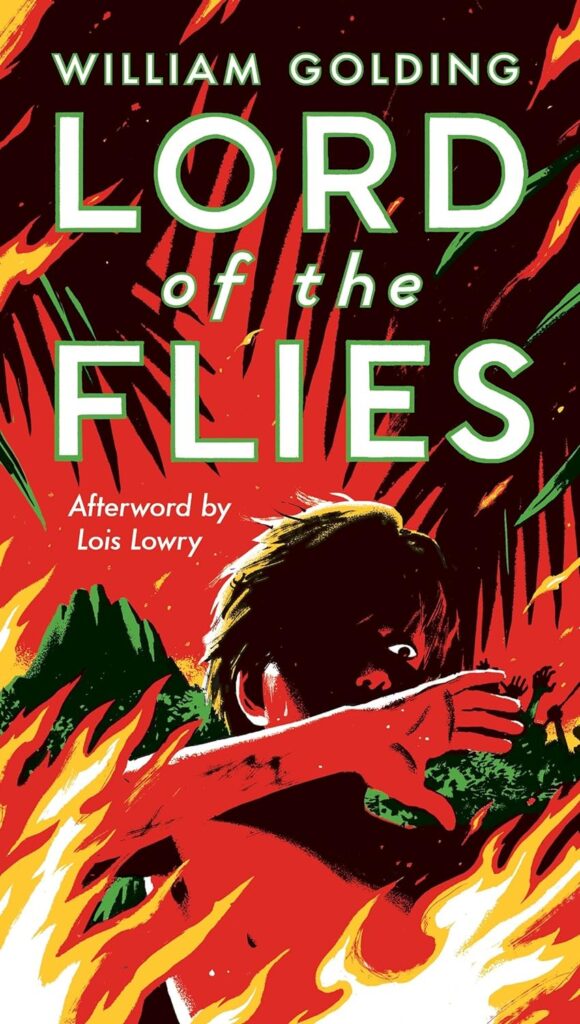
A group of British boys are stranded on an island and slowly descend into savagery in this 1954 novel by Nobel laureate William Golding.
Fahrenheit 451 by Ray Bradbury – 1953
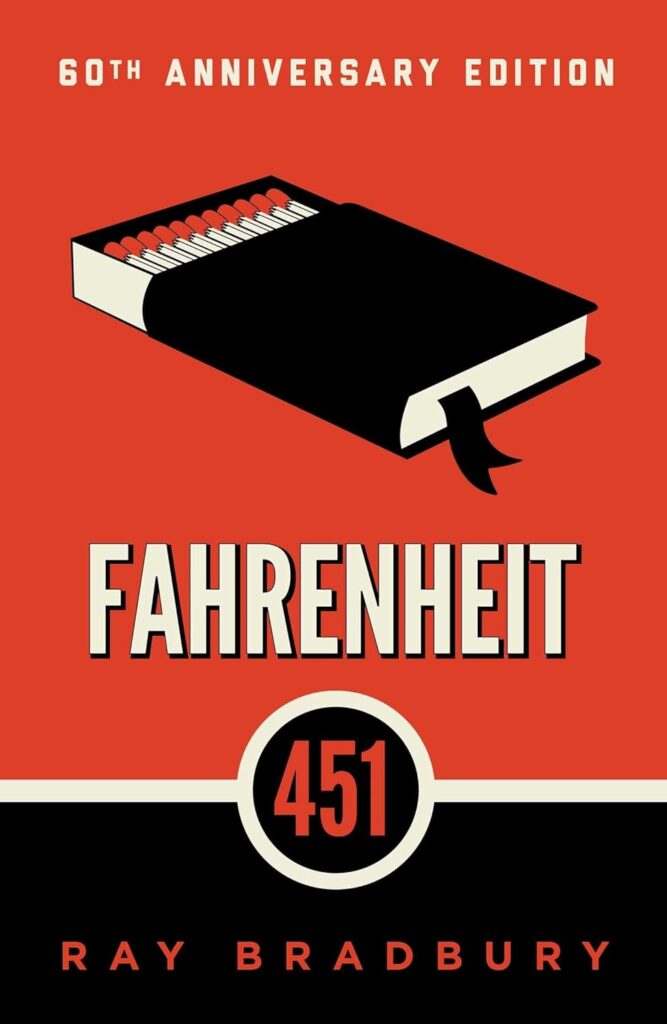
The novel Fahrenheit 451 follows Guy Montag, a fireman whose job is to burn books. The story is set in a future society where books are banned and firemen must remain completely loyal to the government.
V by Thomas Pynchon – 1963
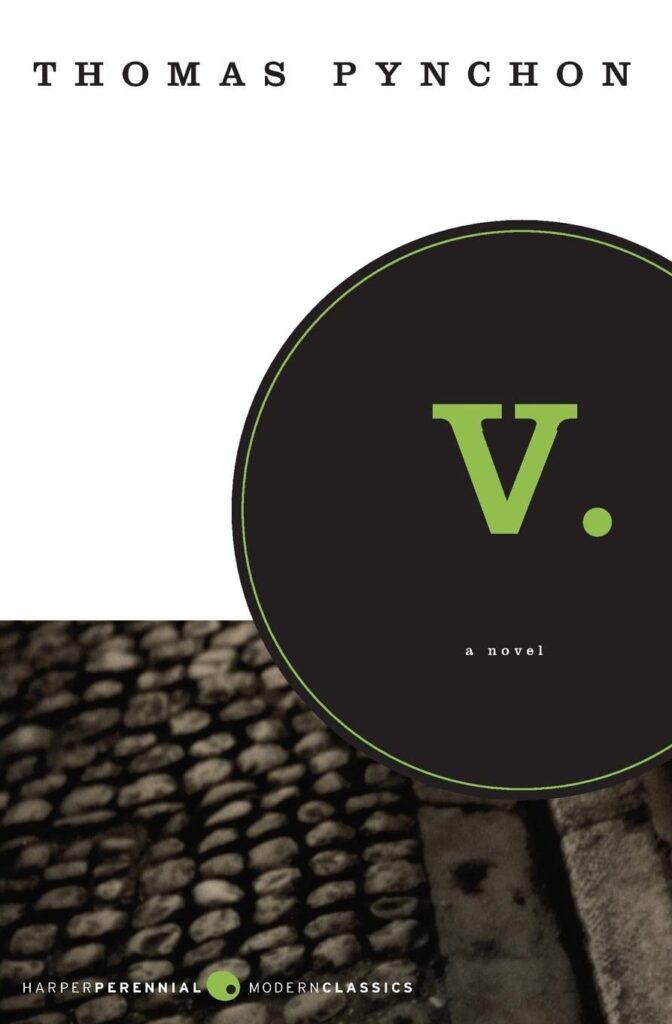
Pynchon’s debut novel follow Benny Profane, a discharged Navy sailor, as he searches for a woman known as “V” from his father’s diary.
We Have Always Lived in the Castle by Shirley Jackson – 1962
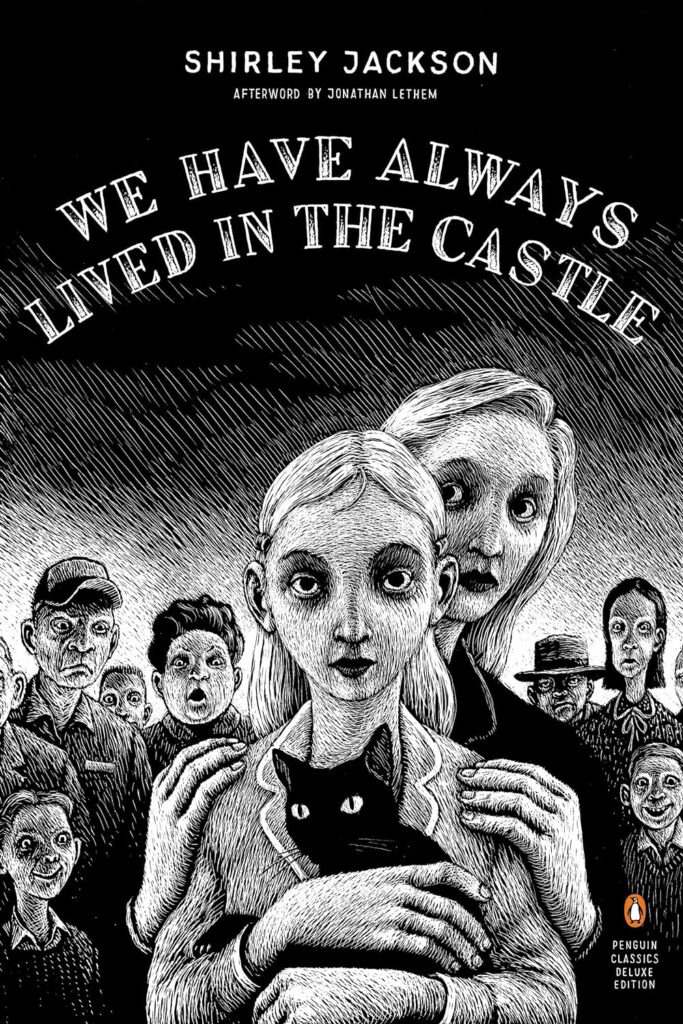
The creepy and unsettling We Have Always Lived in the Castle is a short novel about an isolated, unusual, and possibly murderous family that gets an unexpected visitor.
Of Mice and Men by John Steinbeck – 1937
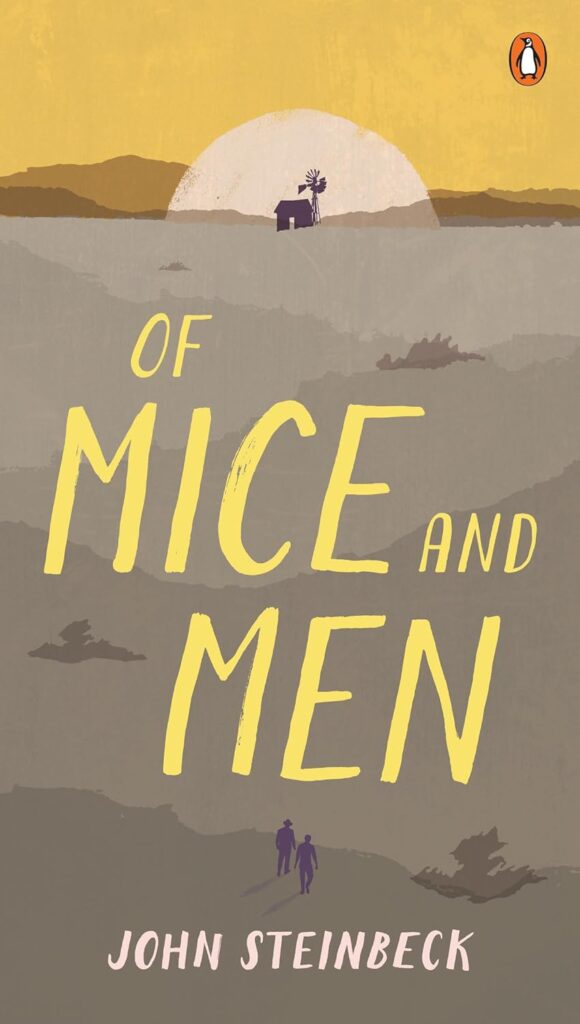
Written by John Steinbeck and published in 1937, Of Mice and Men narrates the experiences of two migrant ranch workers as they move around California in search of new jobs during the Great Depression.
A Kiss Before Dying by Ira Levin – 1953
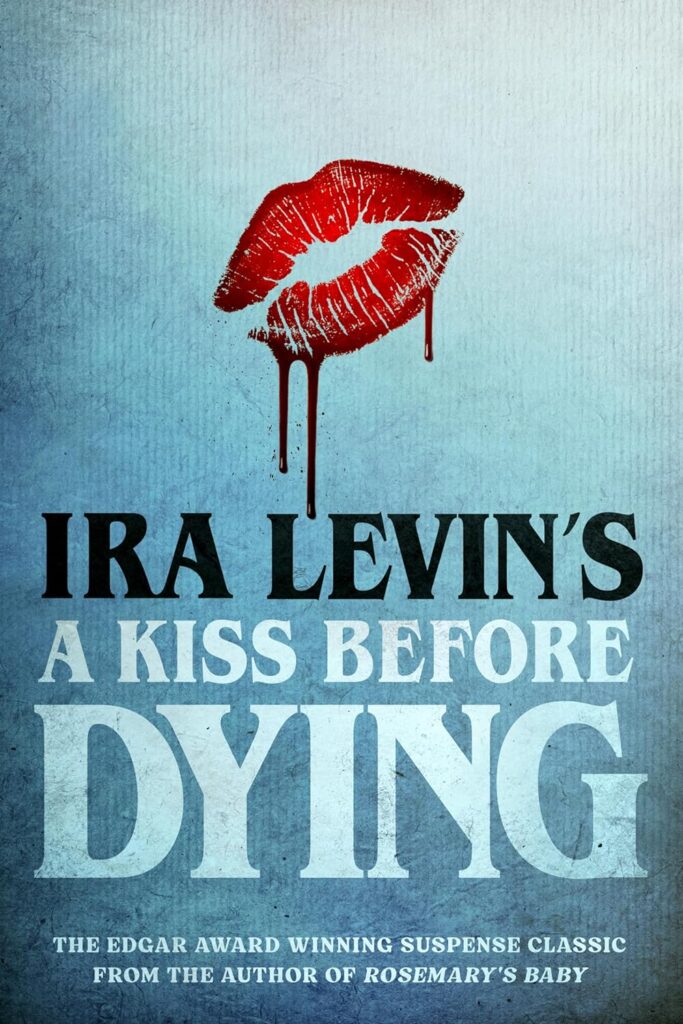
This 1954 novel is a modern crime classic about a charming man who still stop at nothing to go where he wants in life, even a pregnant woman who loves him.
The Dispossessed by Ursula K. Le Guin – 1974
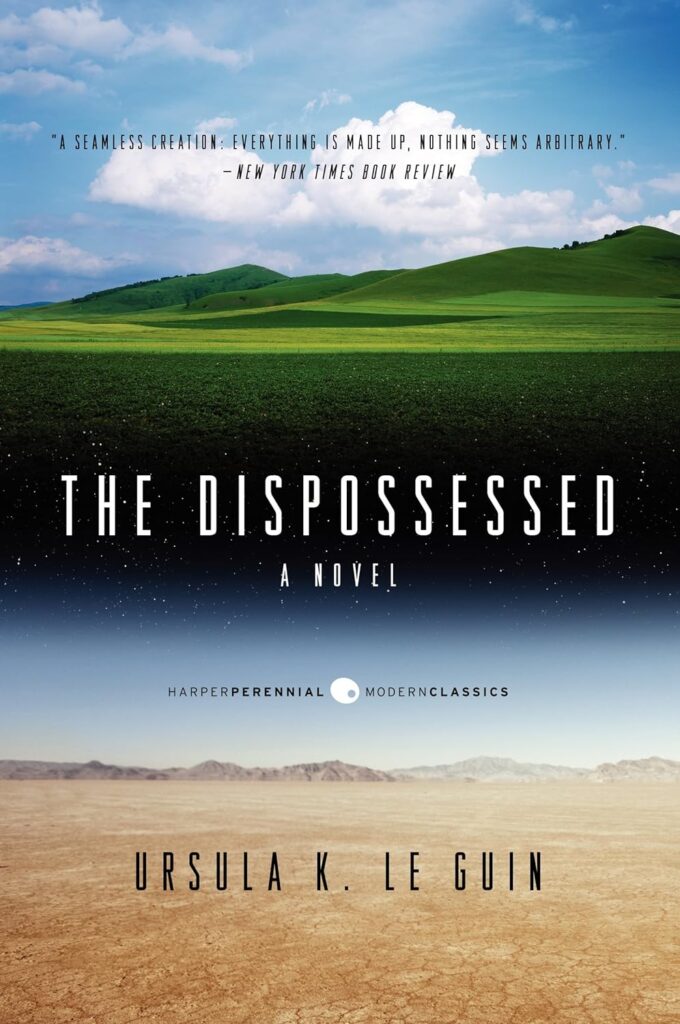
In the dystopian fiction of The Dispossessed a physicist from an anarchist society attempts to tear down walls between two neighboring planets.
Slaughterhouse-Five by Kurt Vonnegut – 1969
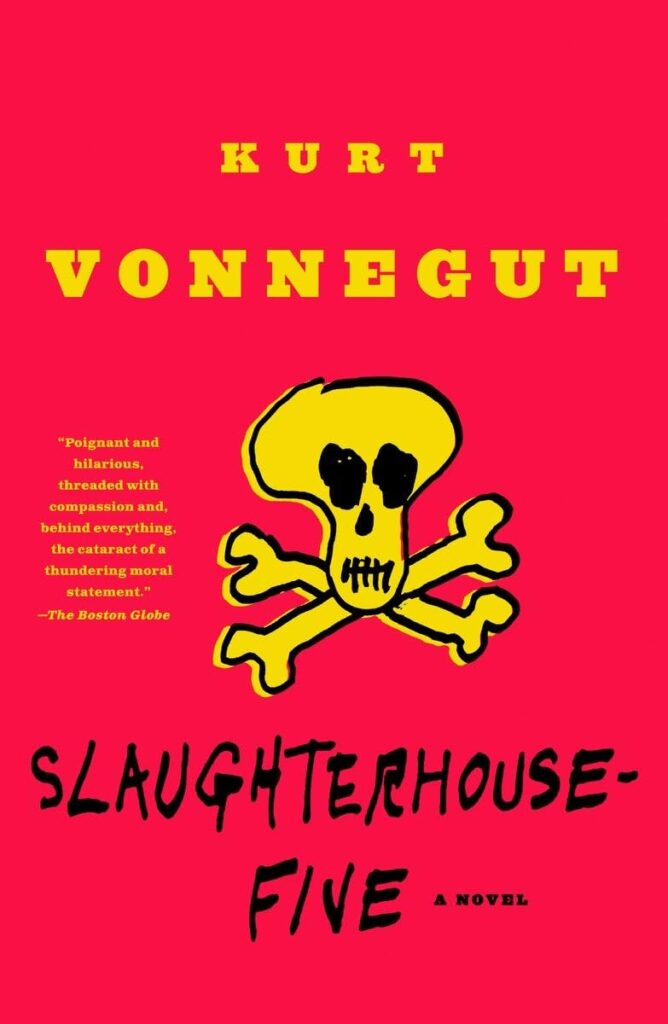
Billy Pilgrim, a World War II soldier, becomes unstuck in time and time travels uncontrollably to different times and places in his life.
Brave New World by Aldous Huxley – 1932

This important work of art explores life in a technologically advanced future, where people are genetically bred, indoctrinated, and anesthetized with prescriptions.
Waiting for Godot by Samuel Beckett – 1952
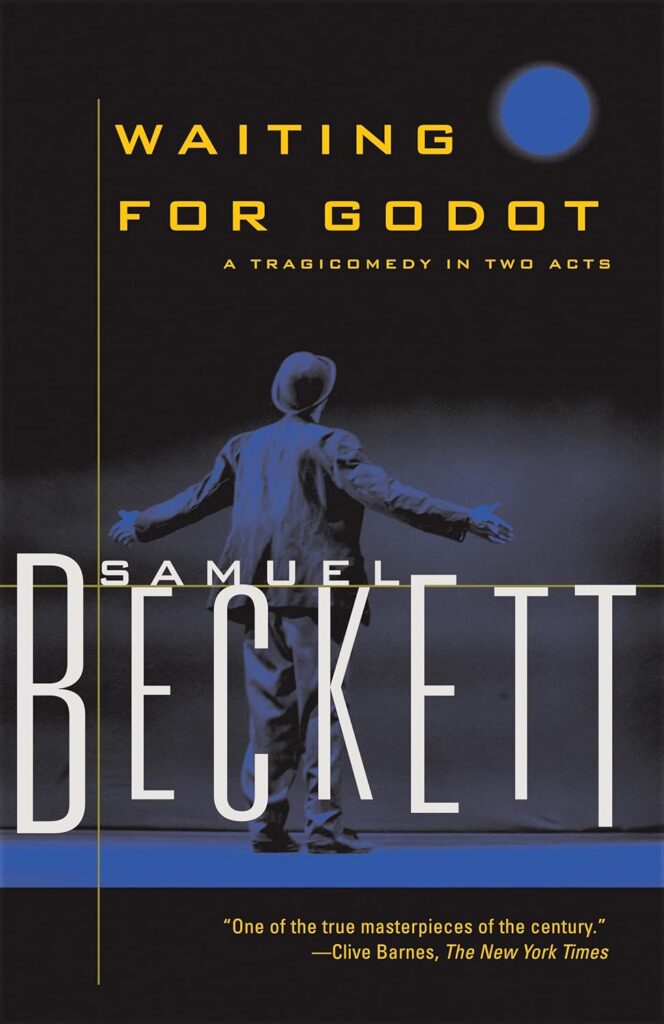
Written by Irish playwright Samuel Beckett, Waiting for Godot concerns two characters who engage in various discussions as they await Godot, who never arrives.
A Tree Grows in Brooklyn by Betty Smith – 1943
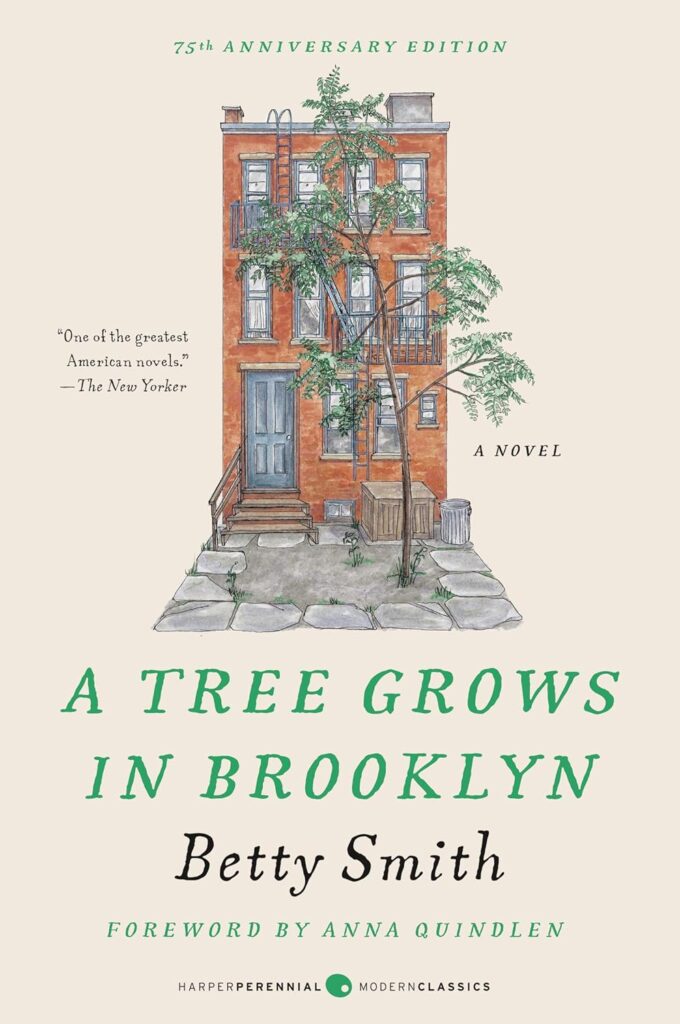
Published in 1943, A Tree Grows in Brooklyn is a semi-autobiographical by Betty Smith. This modern classic follows a young girl’s coming of age during the turn of the century. The novel explores poverty, overcoming adversity, and gender roles.
The Bell by Iris Murdoch – 1958
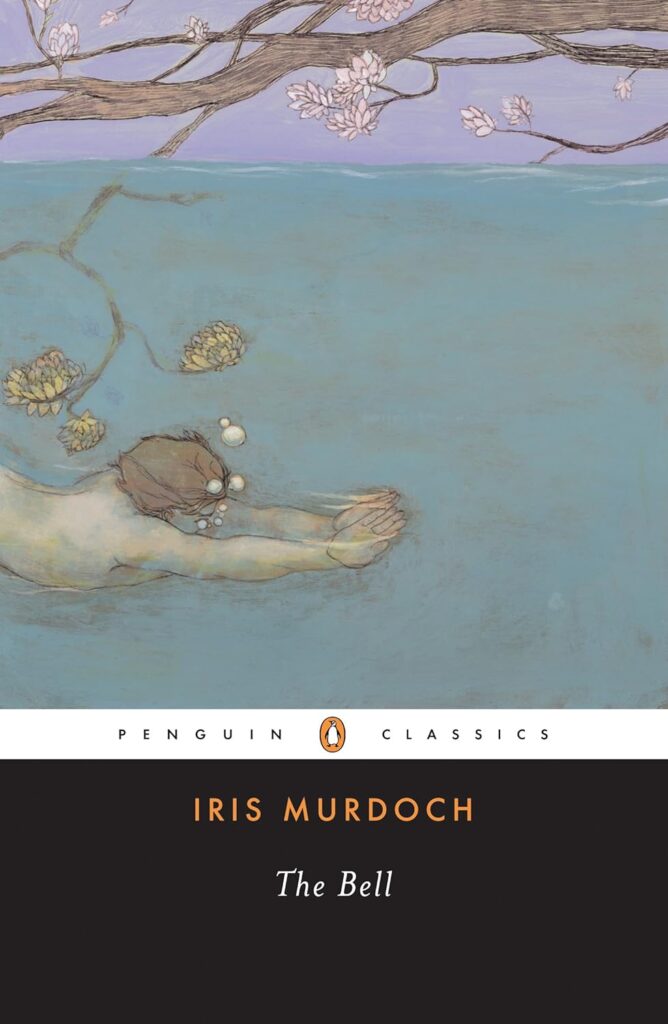
Written by British-Irish novelist Iris Murdoch, The Bell follows the lives of the people within a religious community in 1950s England. The book discusses themes, such as spirituality, morals, and guilt.
A Clockwork Orange by Anthony Burgess – 1962
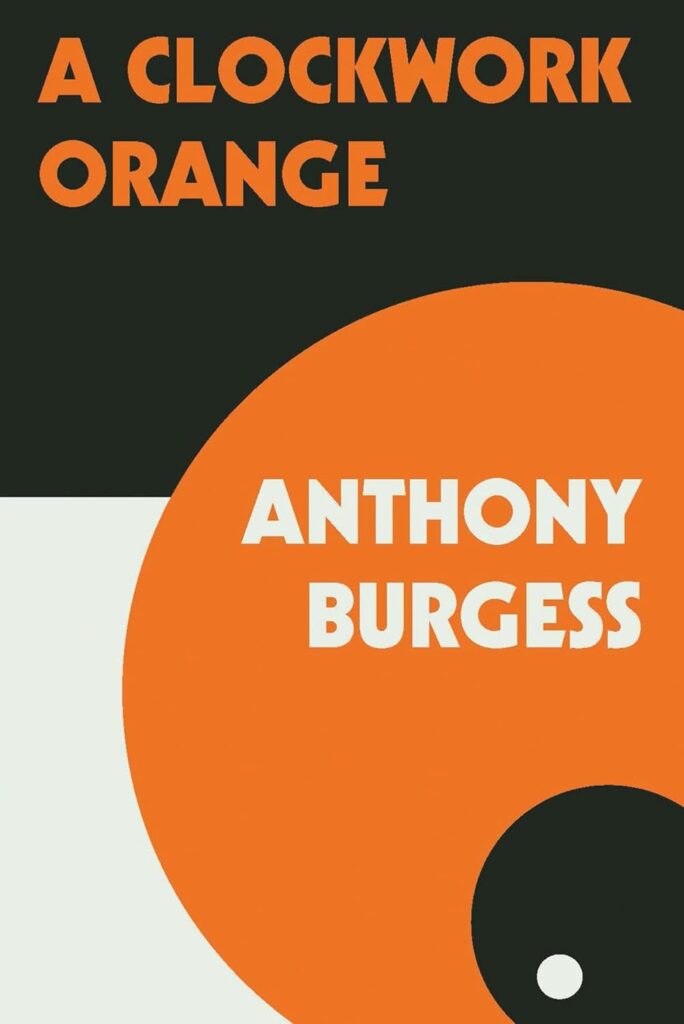
This dystopian black comedy from 1962 was published by English writer Anthony Burgess. A Clockwork Orange is inventive and original, as Burgess wrote the book in a futuristic slang vocabulary and it details youth rebelling against society.
Who Was Changed and Who Was Dead by Barbara Comyns – 1954
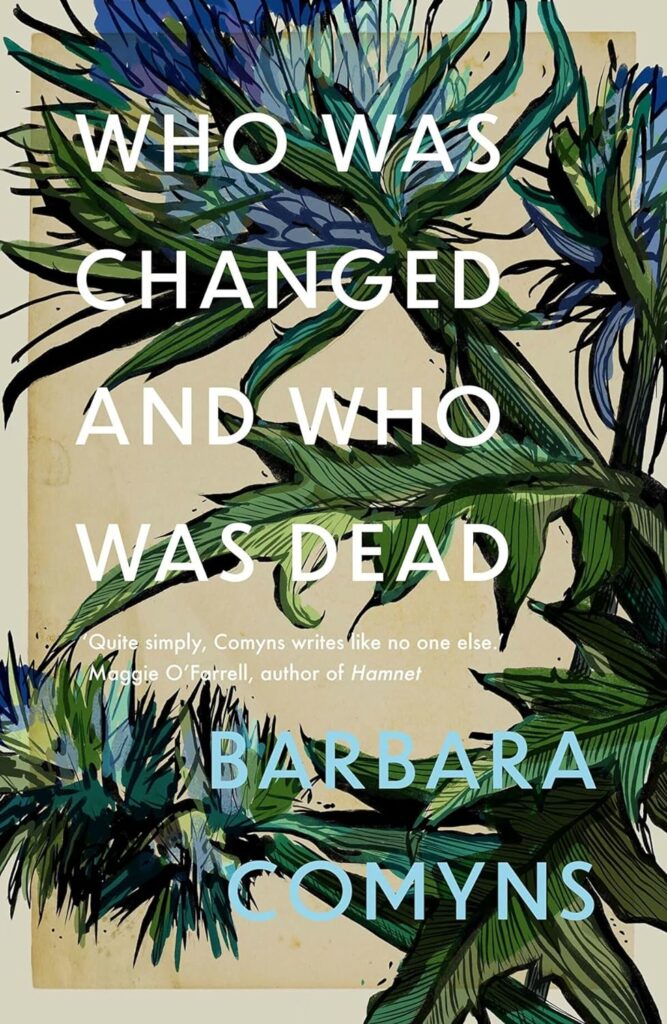
This twisted and tragic comedy chronicles the Willoweed family in an English village as the towns people begin going mad and a series of gruesome deaths emerge.
Pilgrim at Tinker Creek by Annie Dillard – 1974

Poetic and energetic, Annie Dillard’s 1974 nonfiction narrative is told from a first-person point of view and details many contemplations of life and nature. It’s a record of the narrator’s thoughts on religion, science, and cruelty.
The Shining by Stephen King – 1977
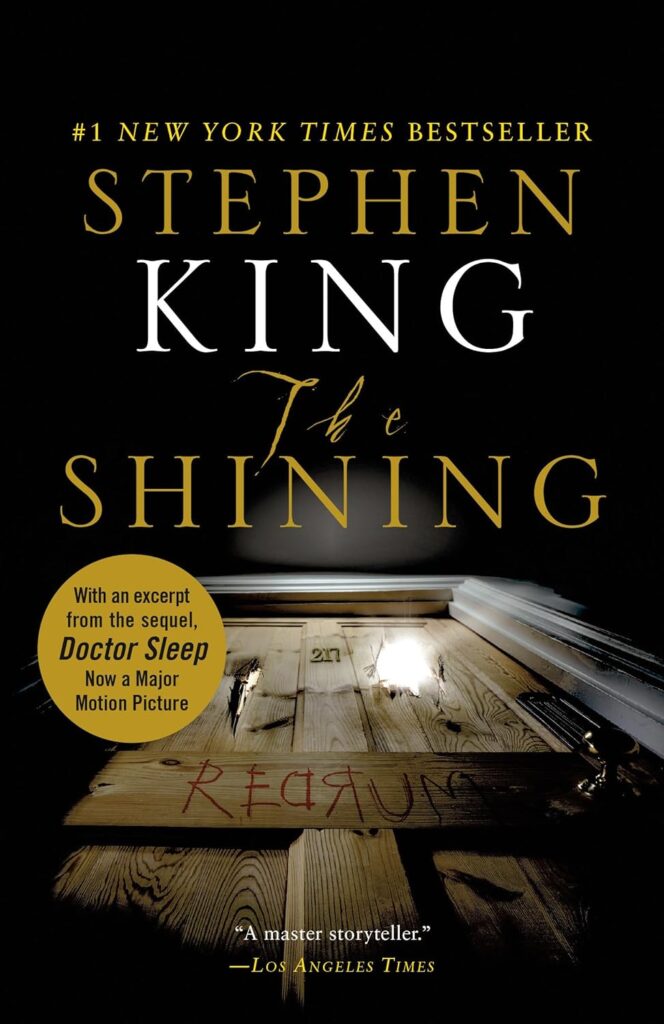
King’s third published novel and first hardcover bestseller turned motion picture, The Shining is one of the best modern classic books within the horror and thriller genre. The story follows Jack Torrance and his descent into madness while living in a haunted hotel.
Catch-22 by Joseph Heller – 1961
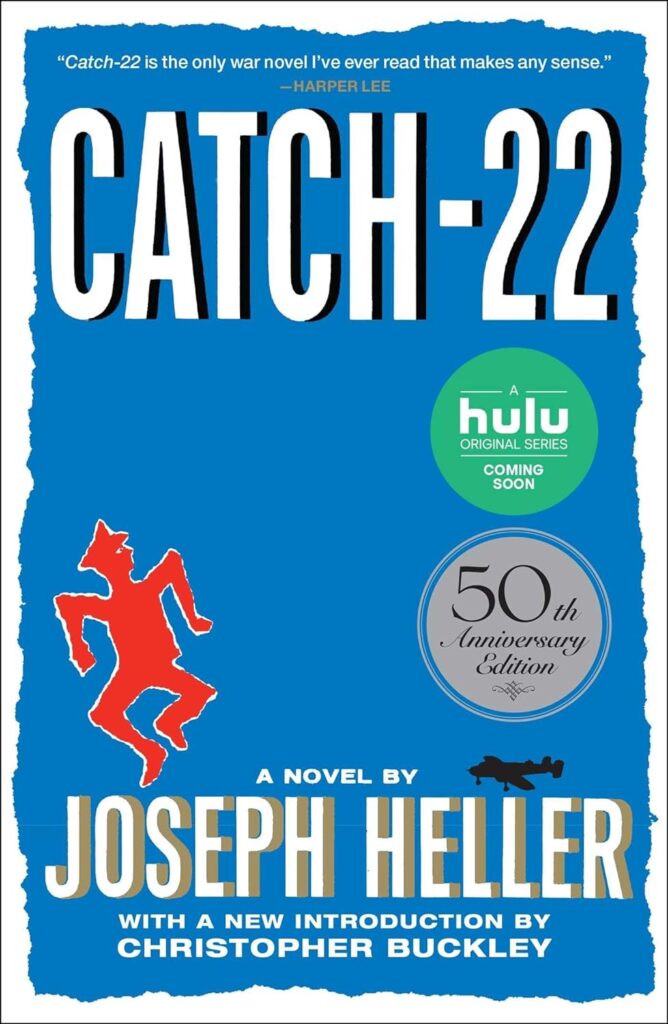
This satirical war novel from 1961 was written by American author Joseph Heller. The story chronicles Captian John Yossarian and his desperate attempts to stay alive while stationed on a Mediterranean island during WWII.
Night by Elie Wiesel – 1956
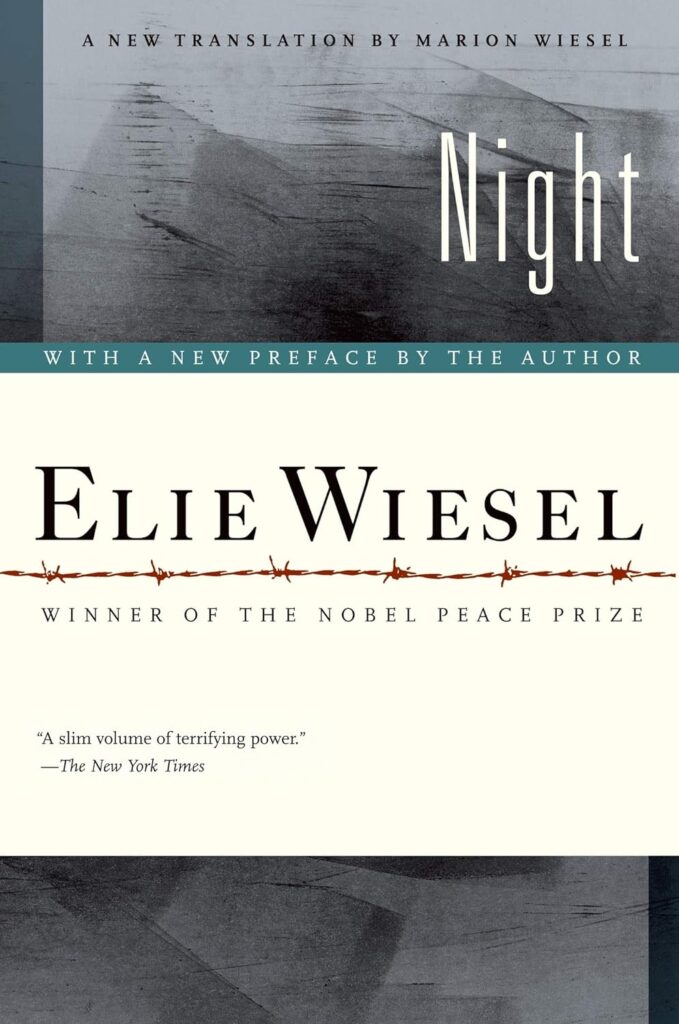
The novel Night is a horrific and deeply moving autobiographical from a Jew during the Holocaust. Eliezer was the only survivor of his family after experiencing starvation, abuse, and devastation in a Nazi death camp.
The Poisonwood Bible by Barbara Kingsolver – 1998
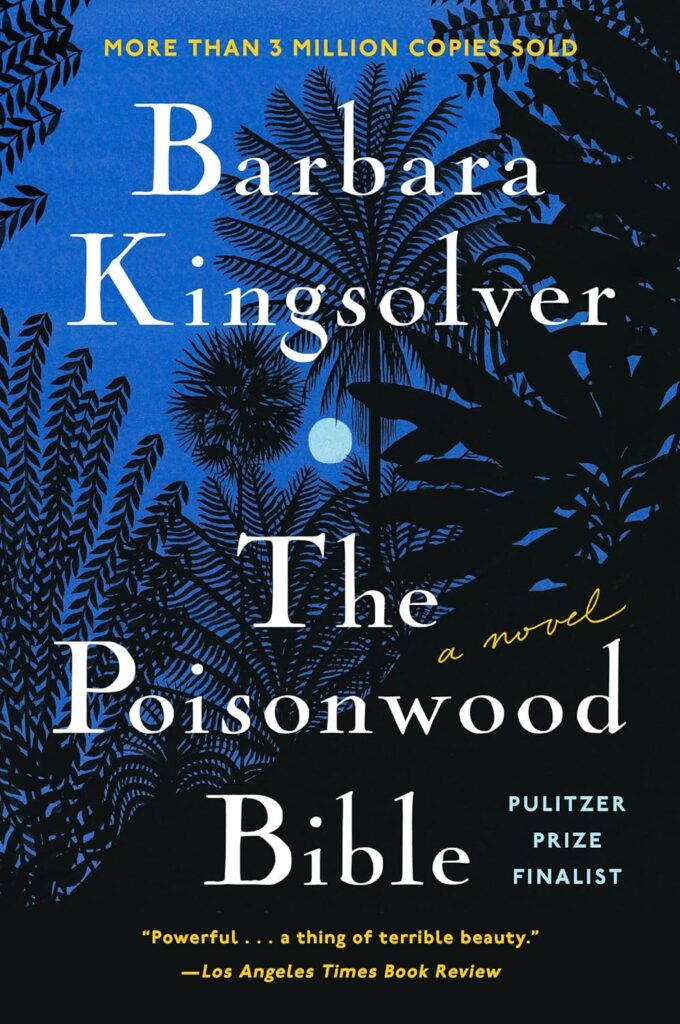
Published in 1998, Kingsolver’s The Poisonwood Bible details a missionary family in 1959 who move to a village in the Congo to convert the villagers to Christianity.
The Secret History by Donna Tartt – 1992
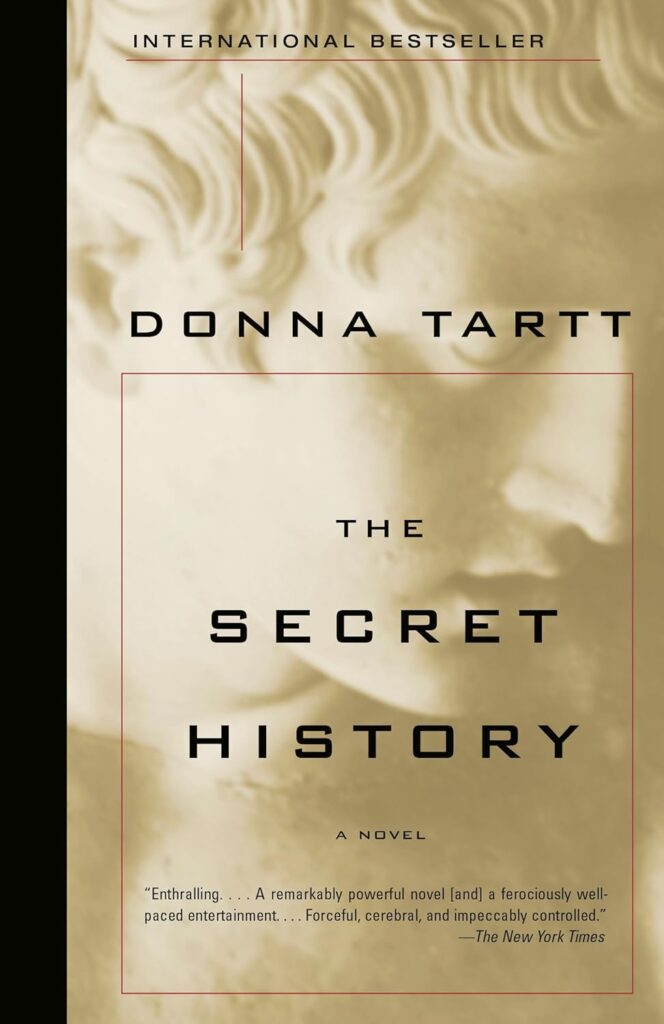
Donna Tartt’s first novel chronicles a group of clever misfits attending an elite New England university. Their way of thinking and living is different from others, causing them to push the boundaries of what is normal, acceptable, and normal.
The Stranger by Albert Camus – 1942
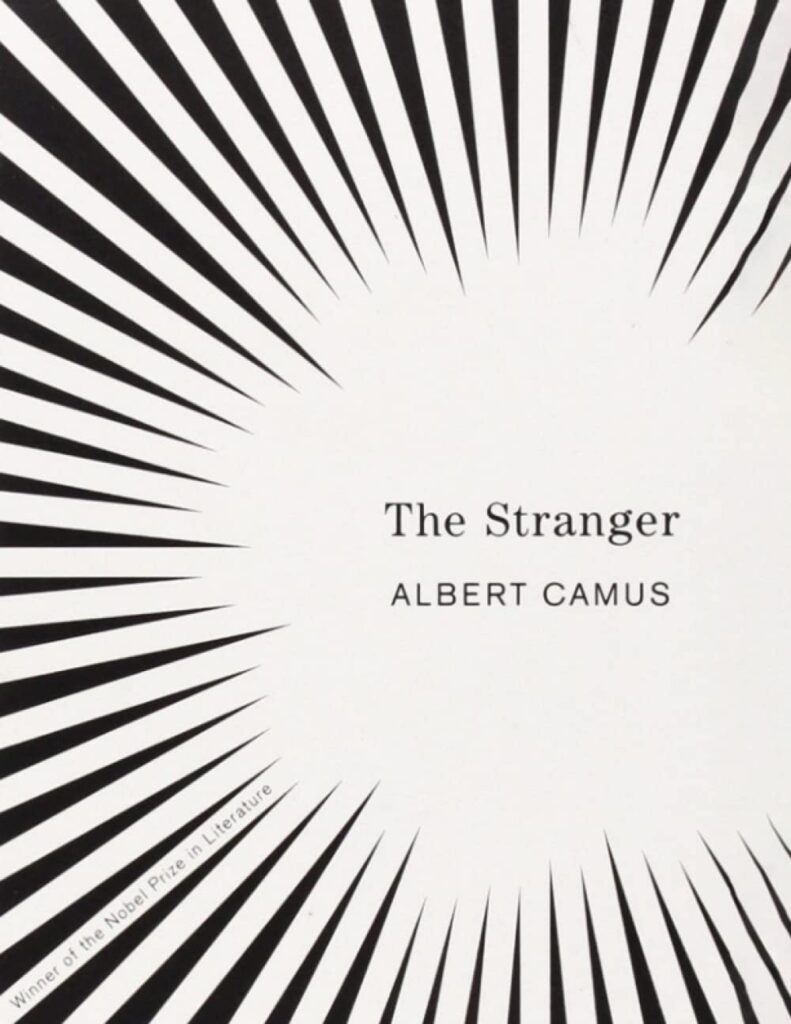
This novella written by French author Albert Camus is a story about a man living in French Algeria who kills an Arab man and his first-person narrative before and after the killing.
On the Road by Jack Kerouac – 1957

The 1957 novel On the Road is based on Kerouac’s travels across the United States. Two friends roam the country on a quest for experience and knowledge and details American freedom and longing.
Native Son by Richard Wright – 1940

Written by Richard Wright, Native Son tells the story of Bigger Thomas, a young black man living in extreme poverty on Chicago’s South Side during the 1930s.
The Lion, The Witch, and The Wardrobe by C.S. Lewis – 1950
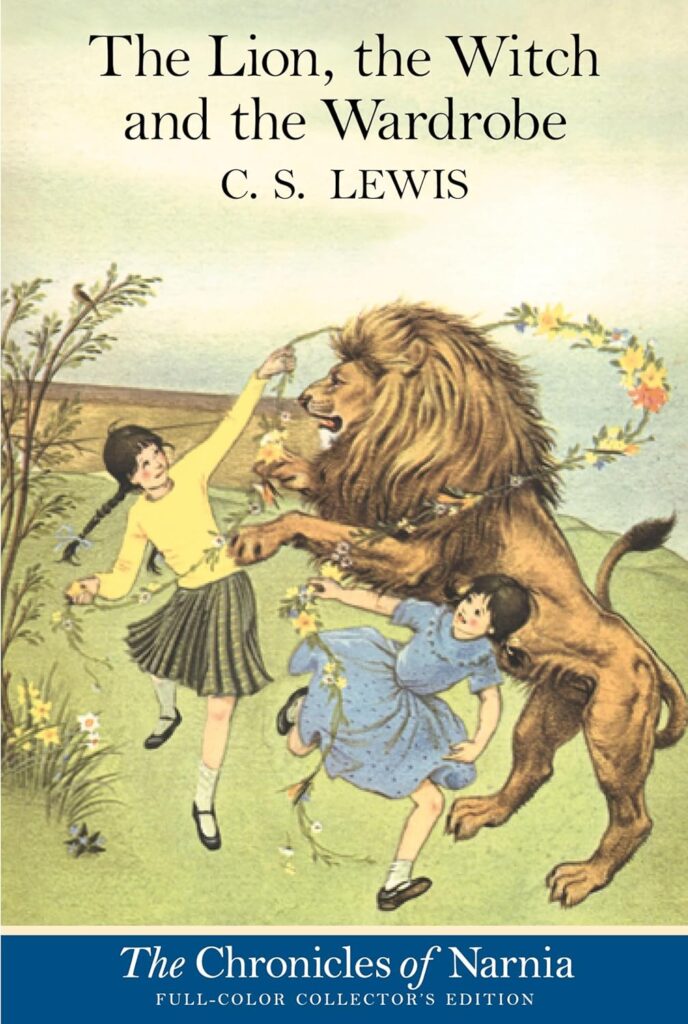
This portal fantasy is one of the best children’s books of all time. The Chronicles of Narnia were published between 1950 and 1956 and introduce Narnia, a land of mythical creatures and an evil White Witch.
One Flew Over the Cuckoo’s Nest by Ken Kesey – 1962

Published in 1962, One Flew Over the Cuckoo’s Nest portrays a group of male patients who rebel against those who run an Oregon psychiatric hospital.
The Color Purple by Alice Walker – 1982
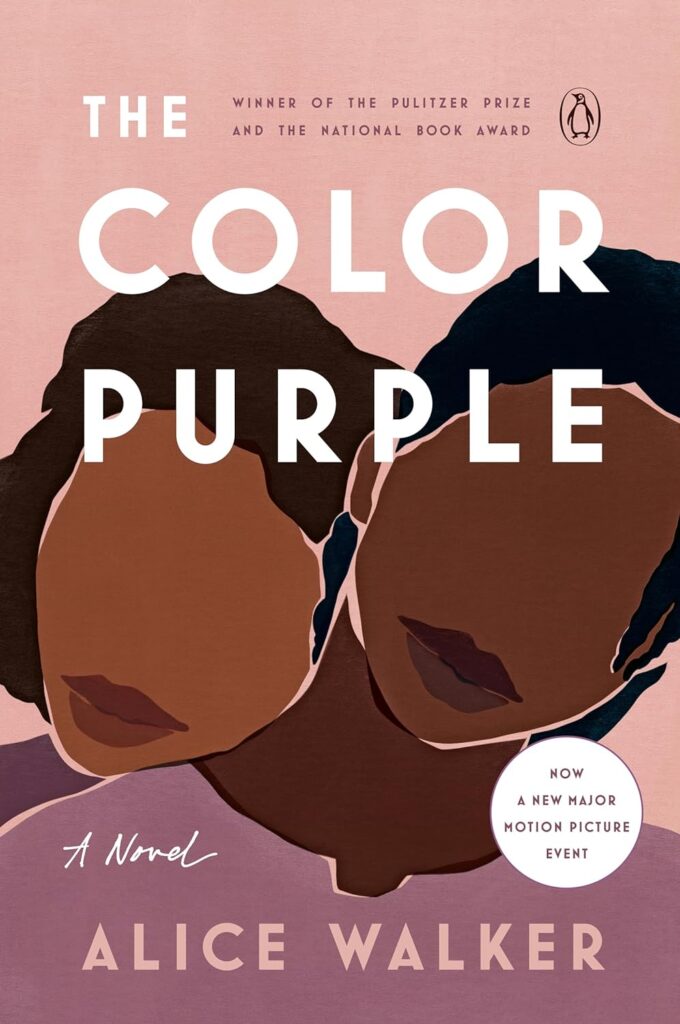
Alice Walker’s The Color Purple follows the story of Celie, a black teenager raised in rural Georgia during the early 1900s as she deals with pregnancy and abuse.
Things Fall Apart by Chinua Achebe – 1958
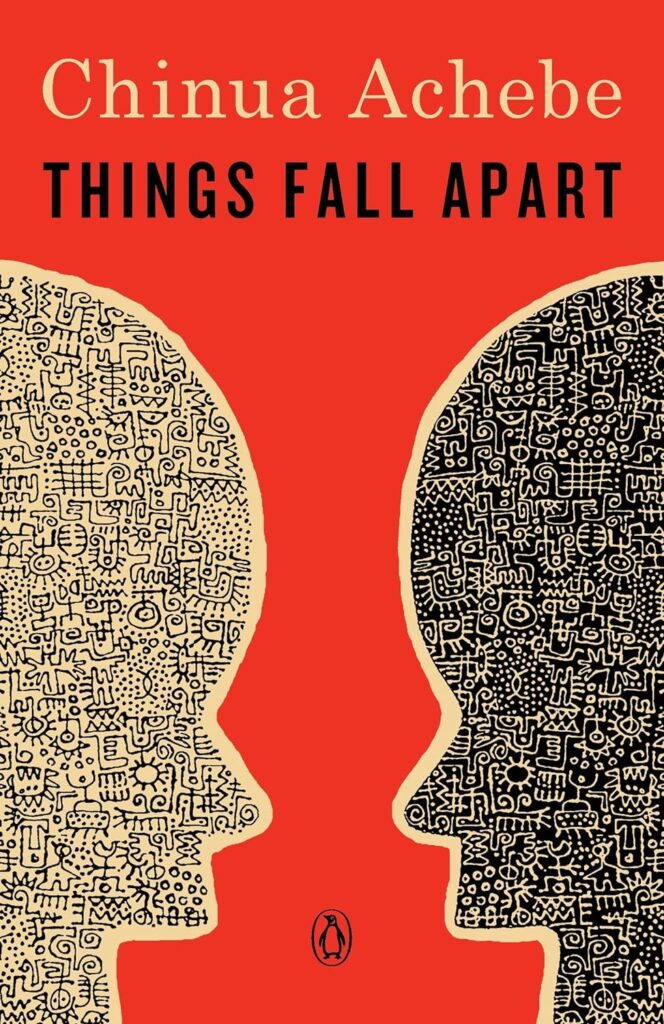
Published in 1958, Chinua Achebe, a Nigerian author, tells the story of pre-colonial life in Igboland and the introduction of European colonialism and Christian missionaries.
You Learn By Living by Eleanor Roosevelt – 1960
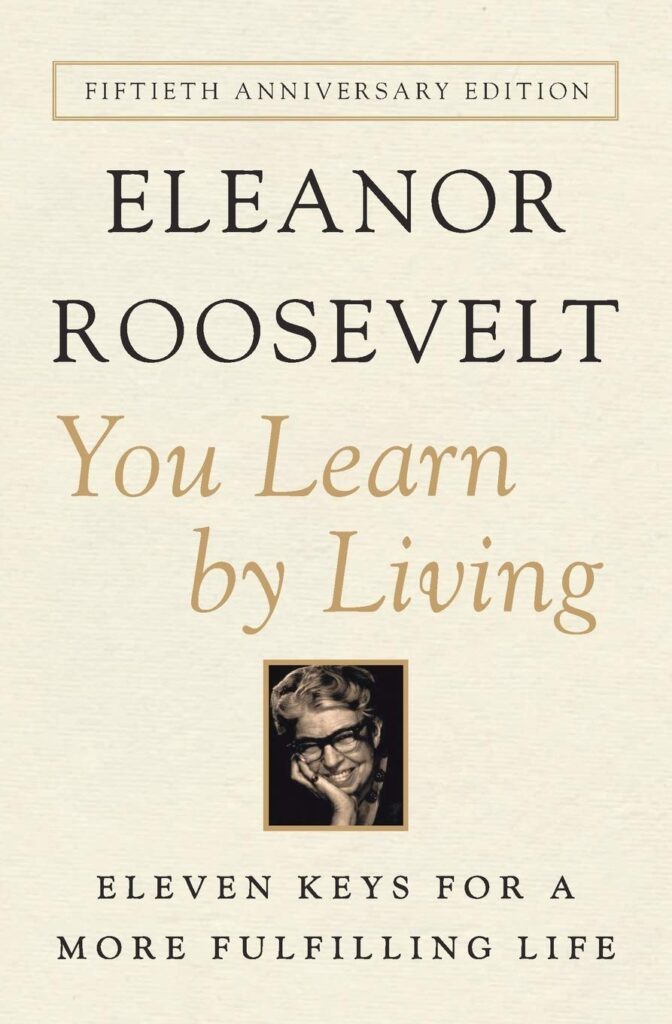
Eleanor Roosevelt has long been a role model and an admired public figure. Her book You Learn by Living is a model for how to get the most out of life. Written in 1960, it is one of the best modern classic books and continues to serve as inspiration for a life well-lived.
Flowers For Algernon by Daniel Keyes – 1959
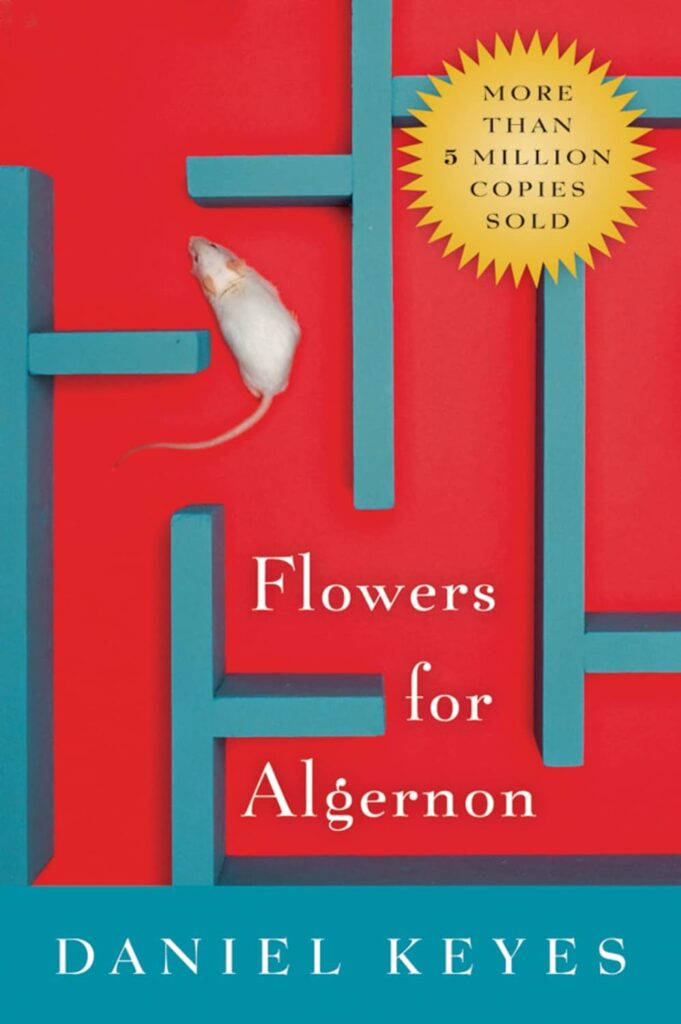
This short story (and later expanded into a novel) from American author Daniel Keyes gives an honest message about how love and kindness is a better example of humanity than intelligence.
The Old Man and the Sea by Ernest Hemingway – 1952
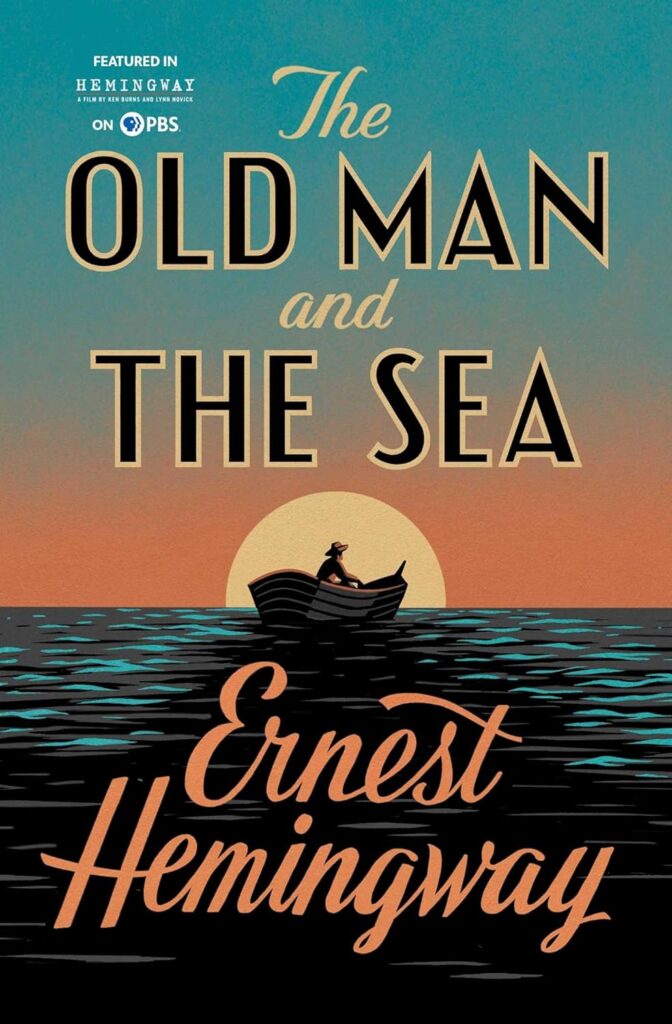
Ernest Hemmingway beautifully delivers a message about resilience and perseverance in The Old Man and the Sea as the protagonist, a seasoned fisherman, struggles for his great catch.
The Haunting of Hill House by Shirley Jackson – 1959
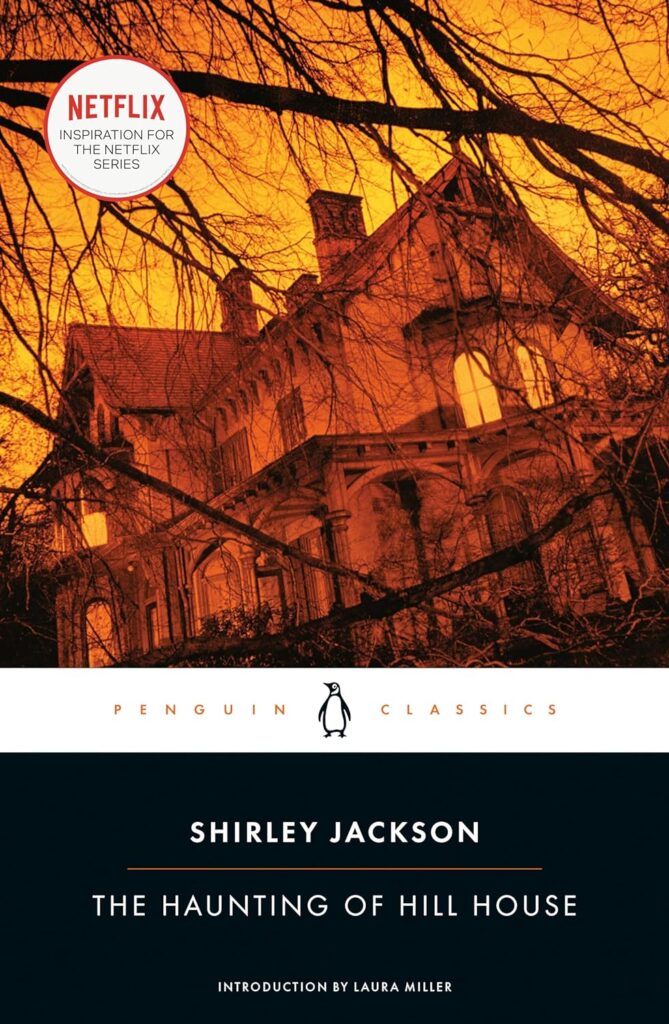
The Grass is Singing by Doris Lessing – 1950
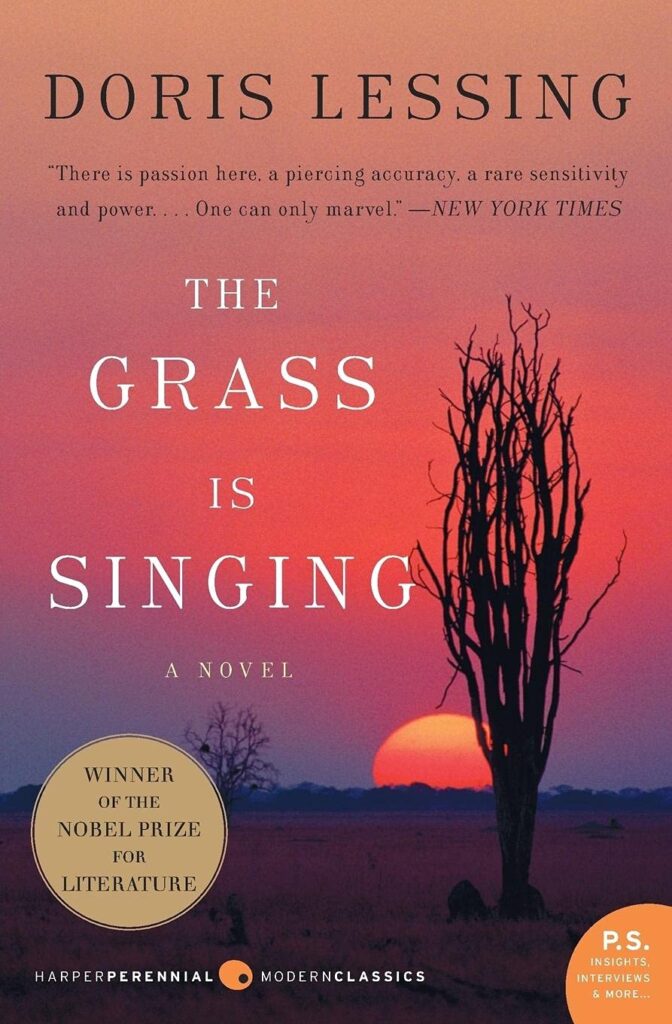
Station Eleven by Emily St. John Mandel – 2014

Mrs. Dalloway by Virginia Woolf – 1925
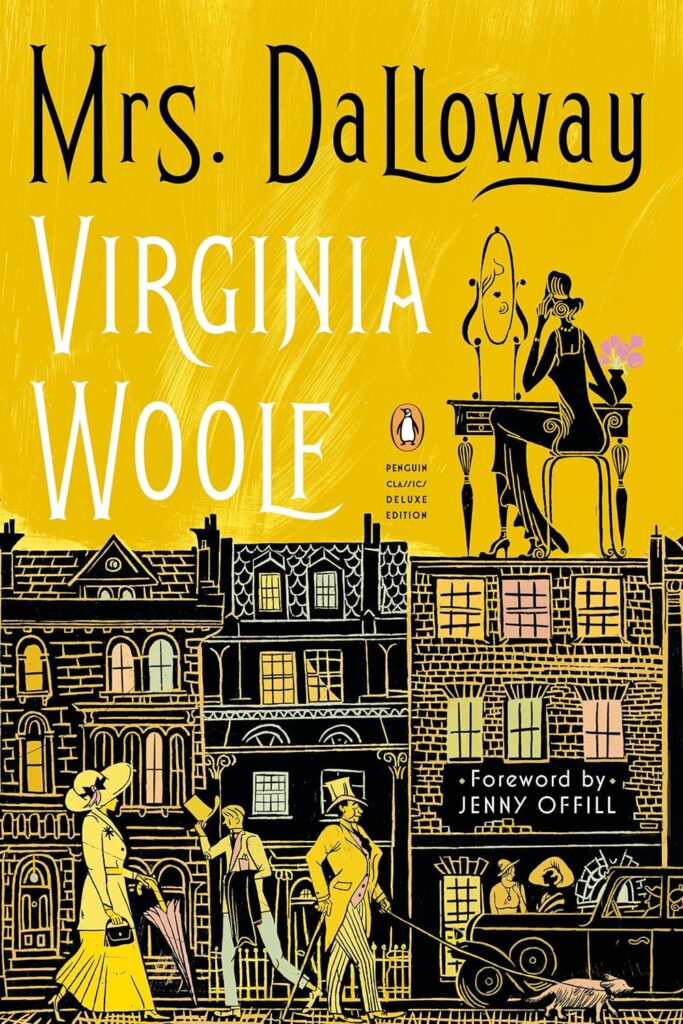
A Raisin in the Sun by Lorraine Hansberry – 1959
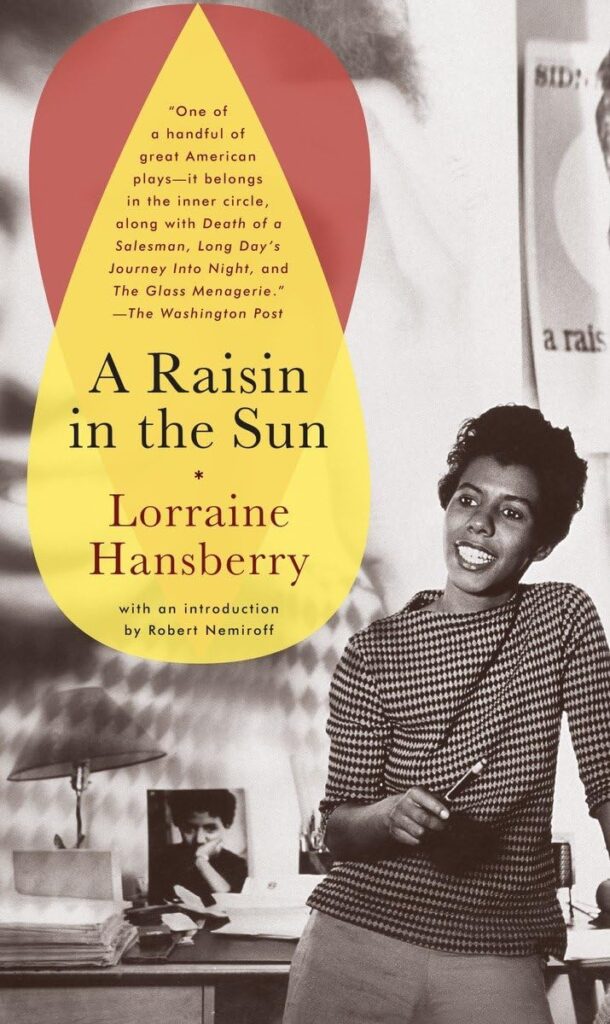
Revolutionary Road by Richard Yates – 1961
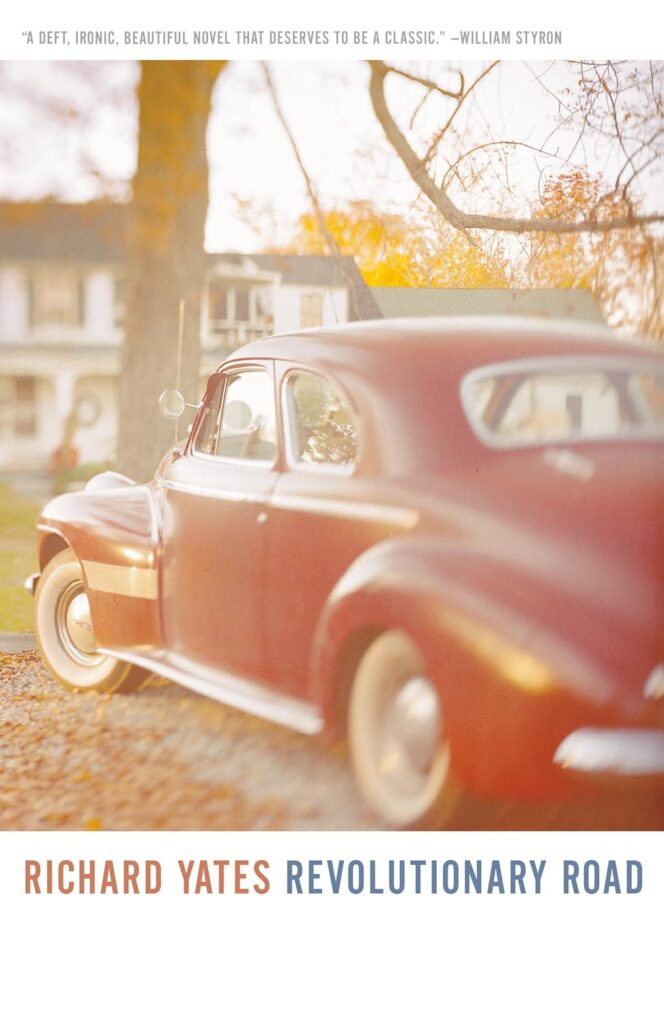
Old Yeller by Fred Gibson – 1956
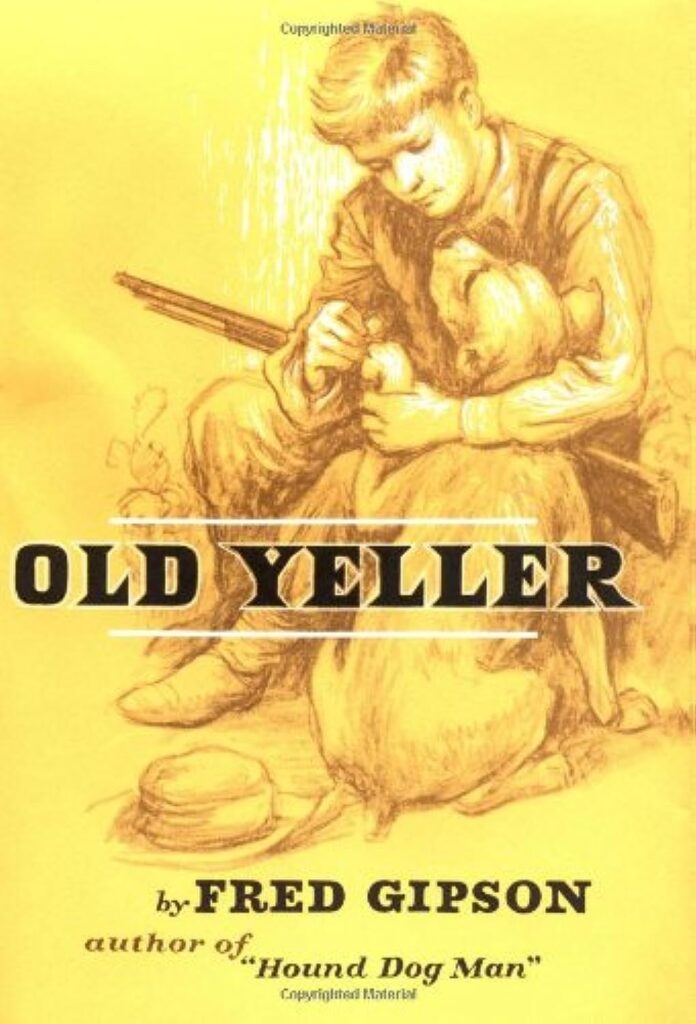
Normal People by Salley Rooney – 2018

The Alchemist by Paulo Coelho – 1988
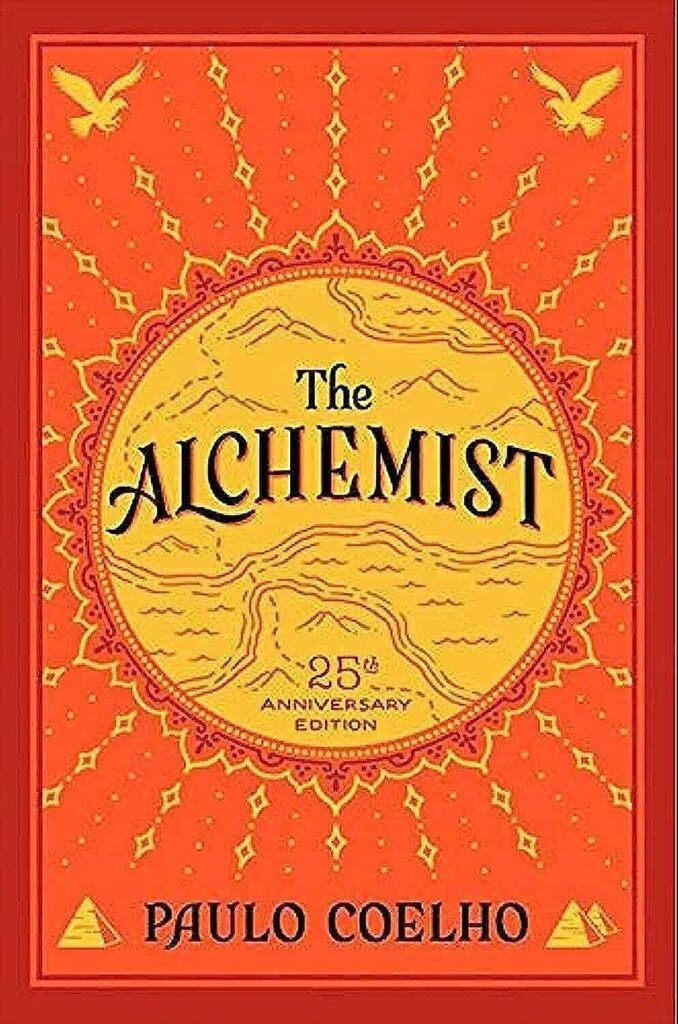
The Hobbit by J.R.R. Tolkien – 1937
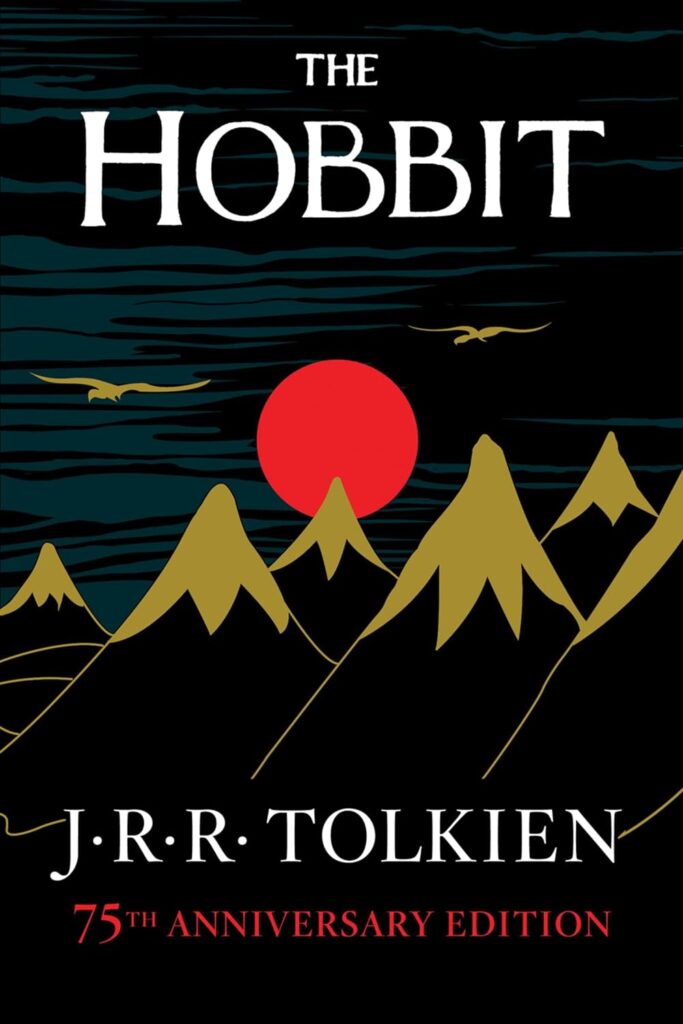
The Fire Next Time by James Baldwin – 1963
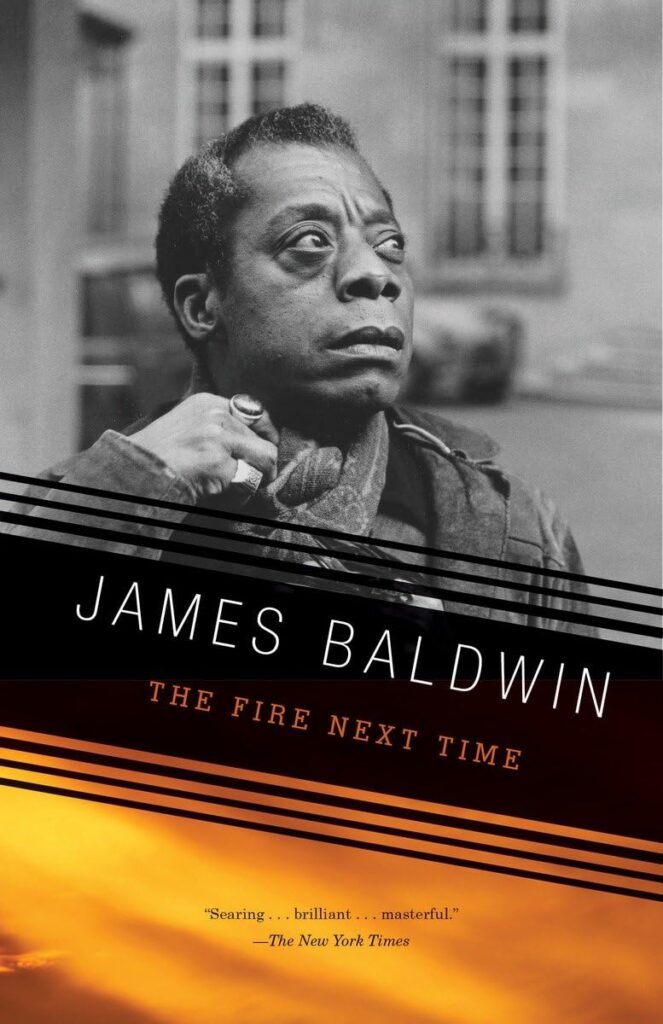
The Vanishing Half by Brit Bennett – 2020
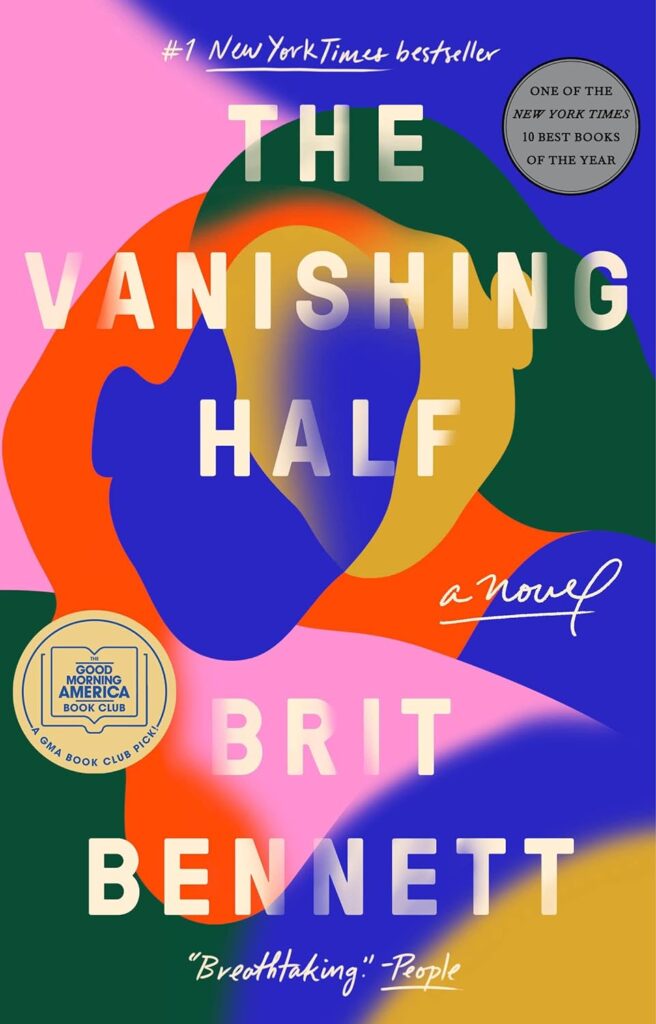
The Book Thief by Markus Zusak – 2005
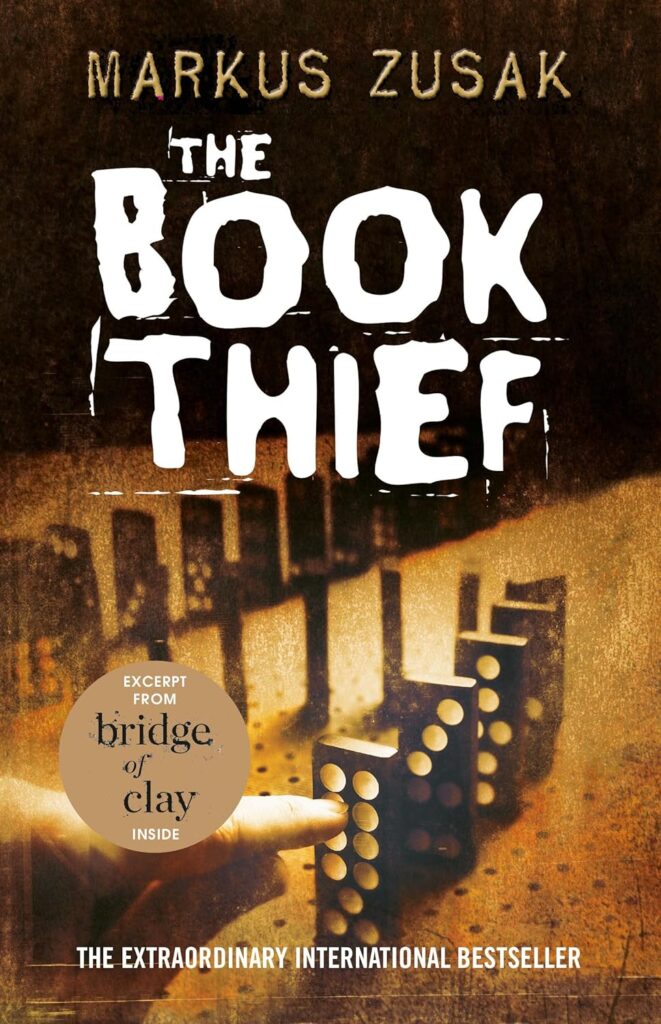
The Autobiography of Malcolm X by Malcolm X and Alex Haley – 1965
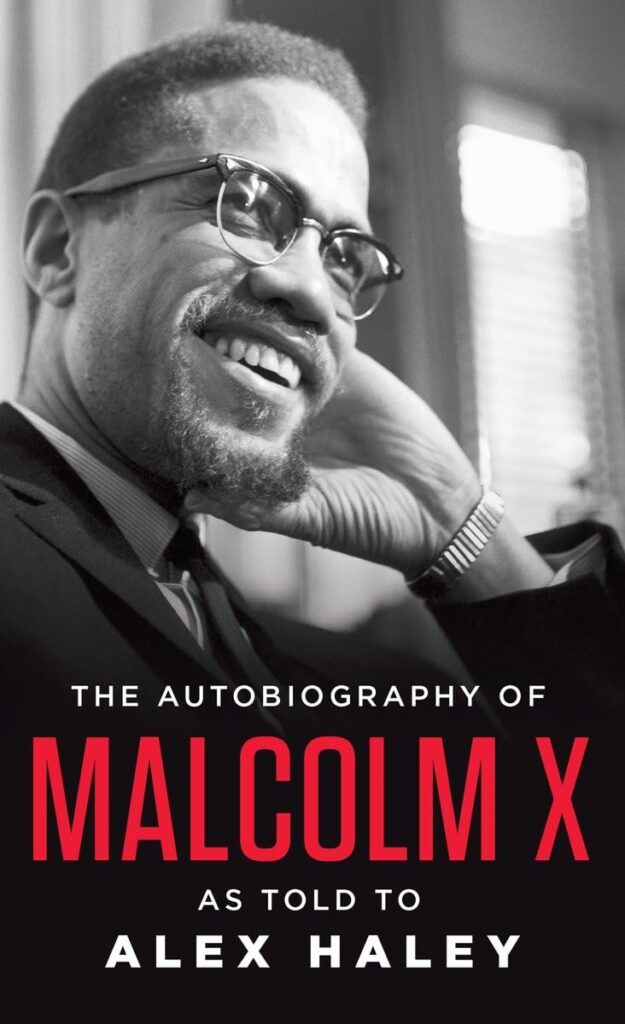
In Cold Blood by Truman Capote – 1966
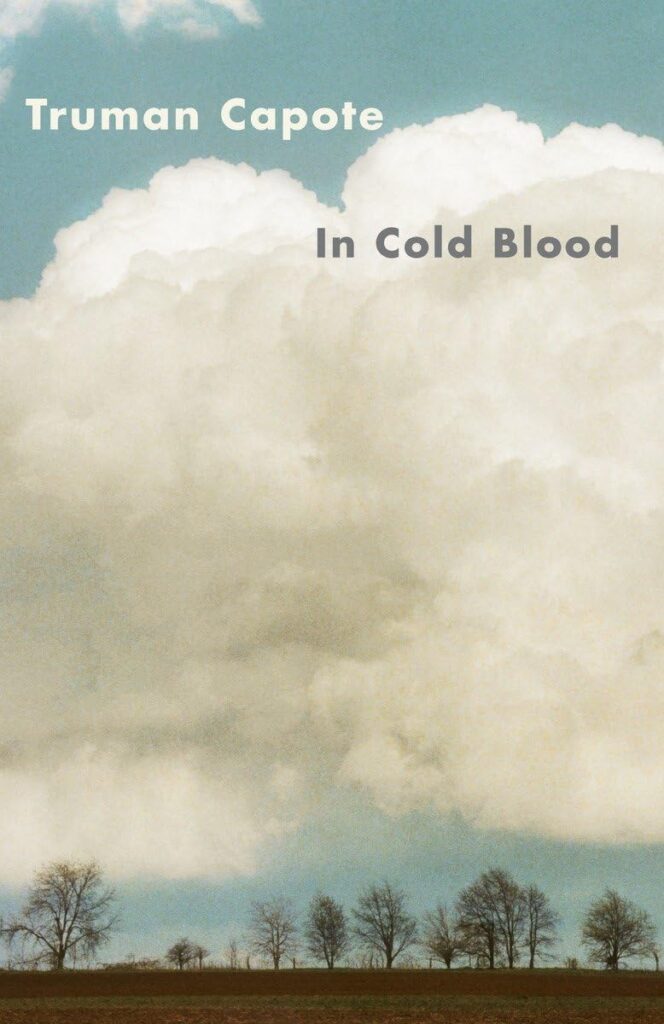
All the Light We Cannot See by Anthony Doerr – 2014
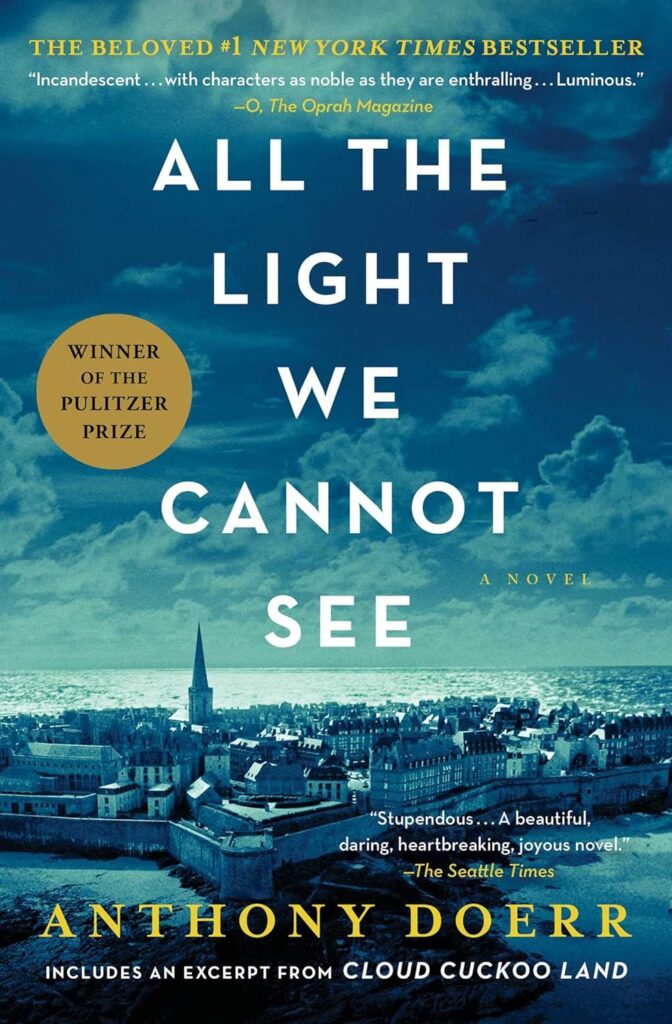
The Diary of a Young Girl by Anne Frank – 1952

The Kite Runner by Khaled Hosseini – 2003
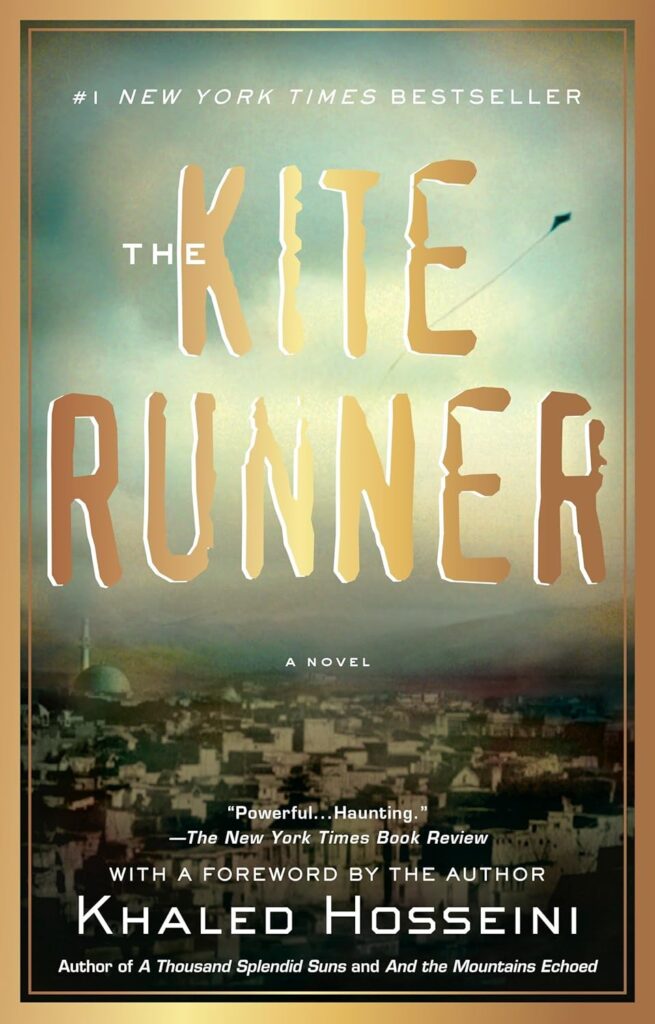
The Unbearable Lightness of Being by Milan Kundera – 1984
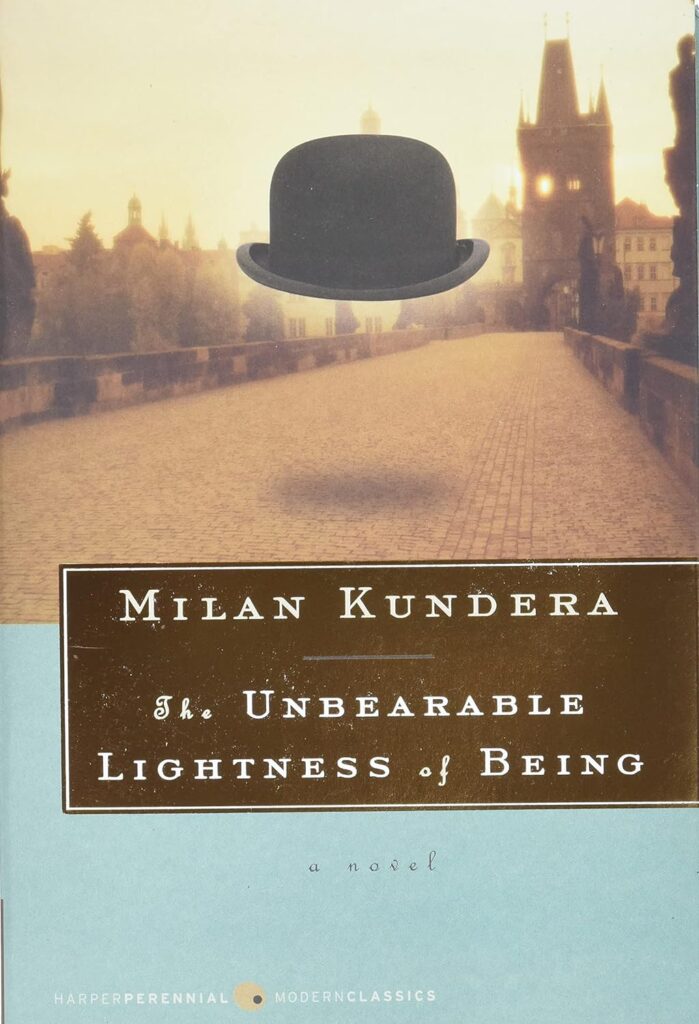
The Hitchhiker’s Guide to the Galaxy by Douglas Adams – 1979
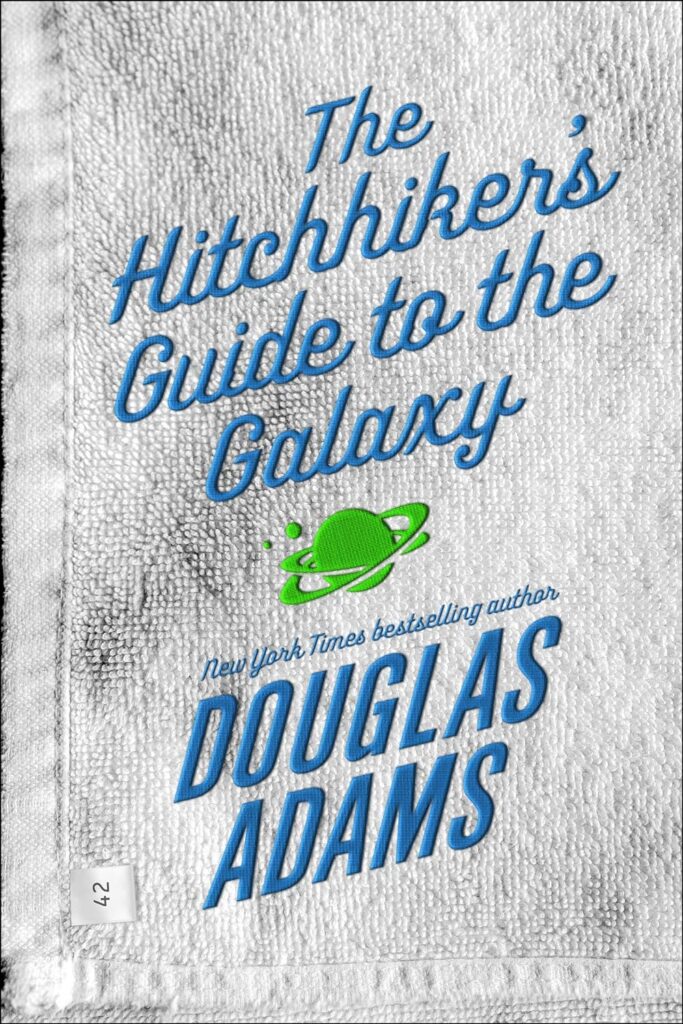
The Underground Railroad by Colson Whitehead – 2016
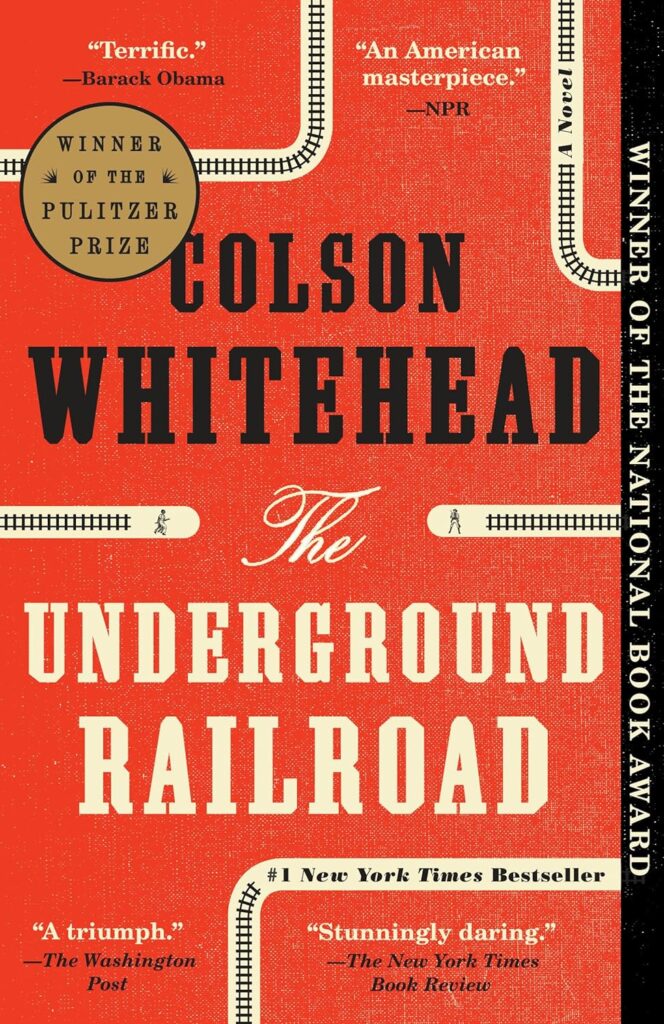
I Know Why the Caged Bird Sings by Maya Angelou – 1969
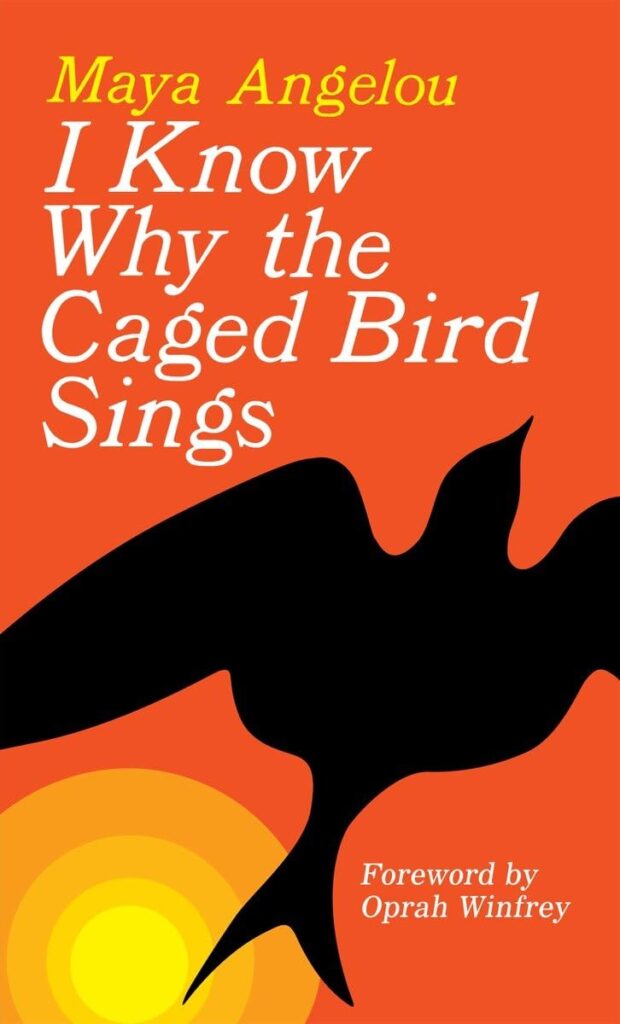
Midnight’s Children by Salman Rushdie – 1981
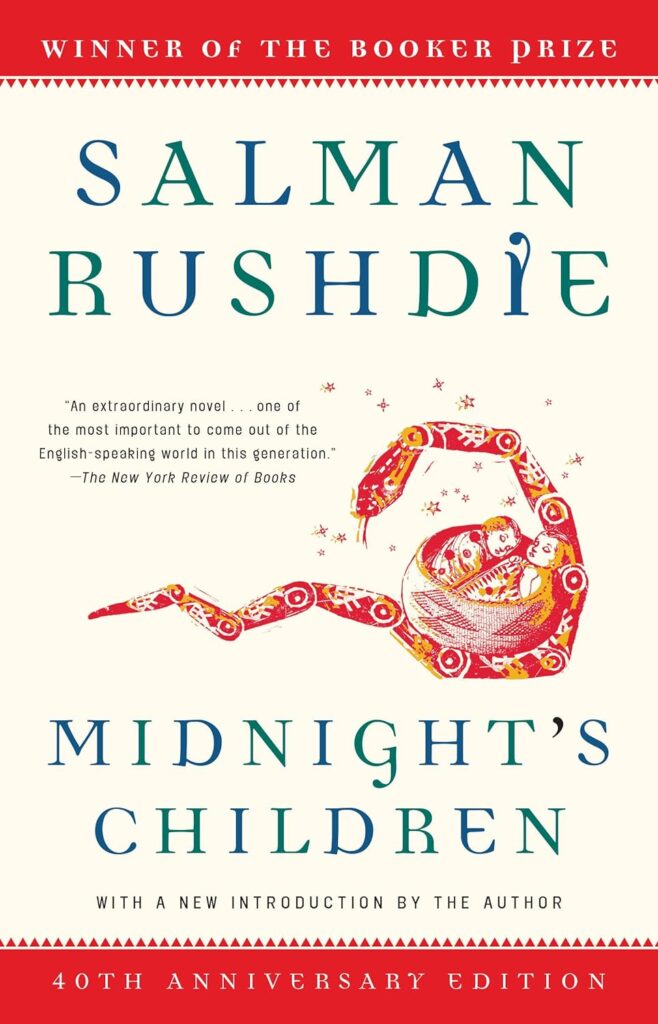
The Things They Carried by Tim O’Brien – 1990
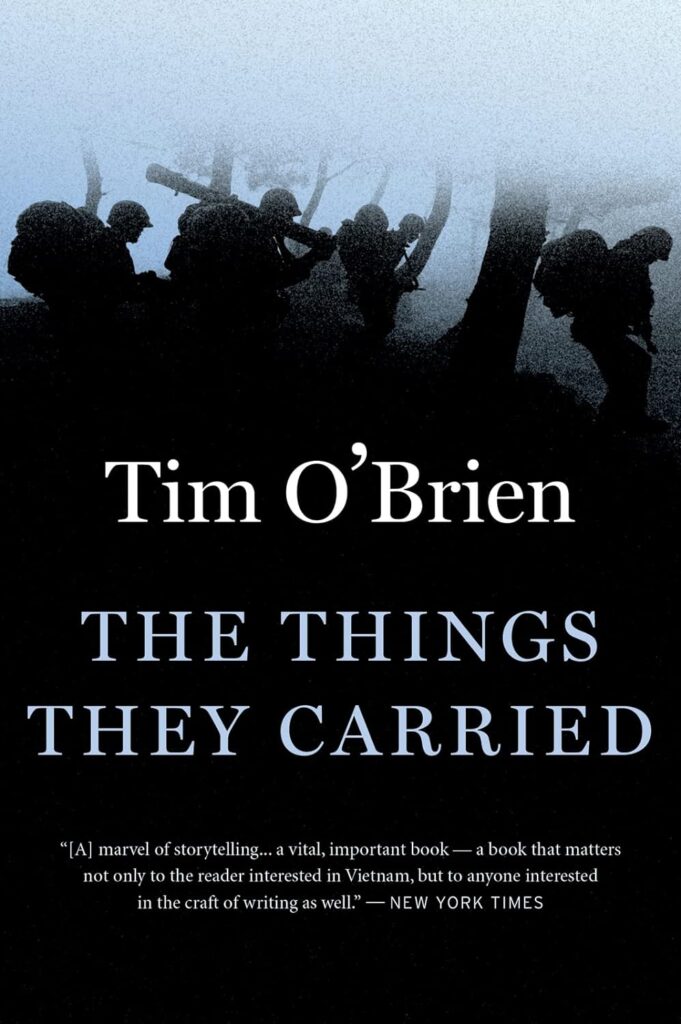
The English Patient by Michael Ondaatje – 1992
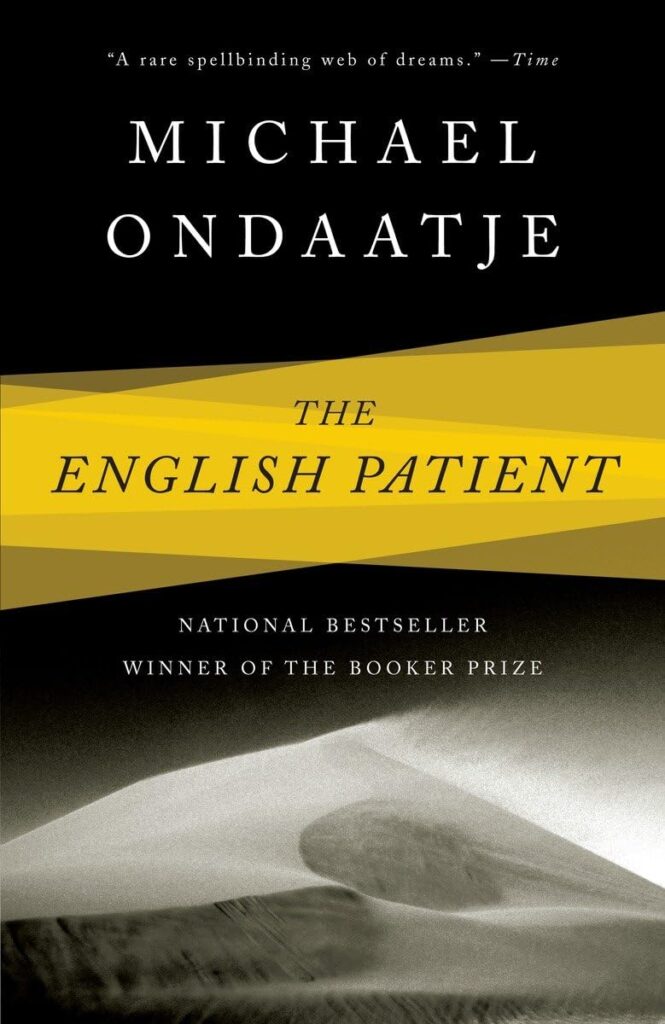
Remains of the Day by Kazuo Ishiguro – 1989

The Goldfinch by Donna Tartt – 2013
